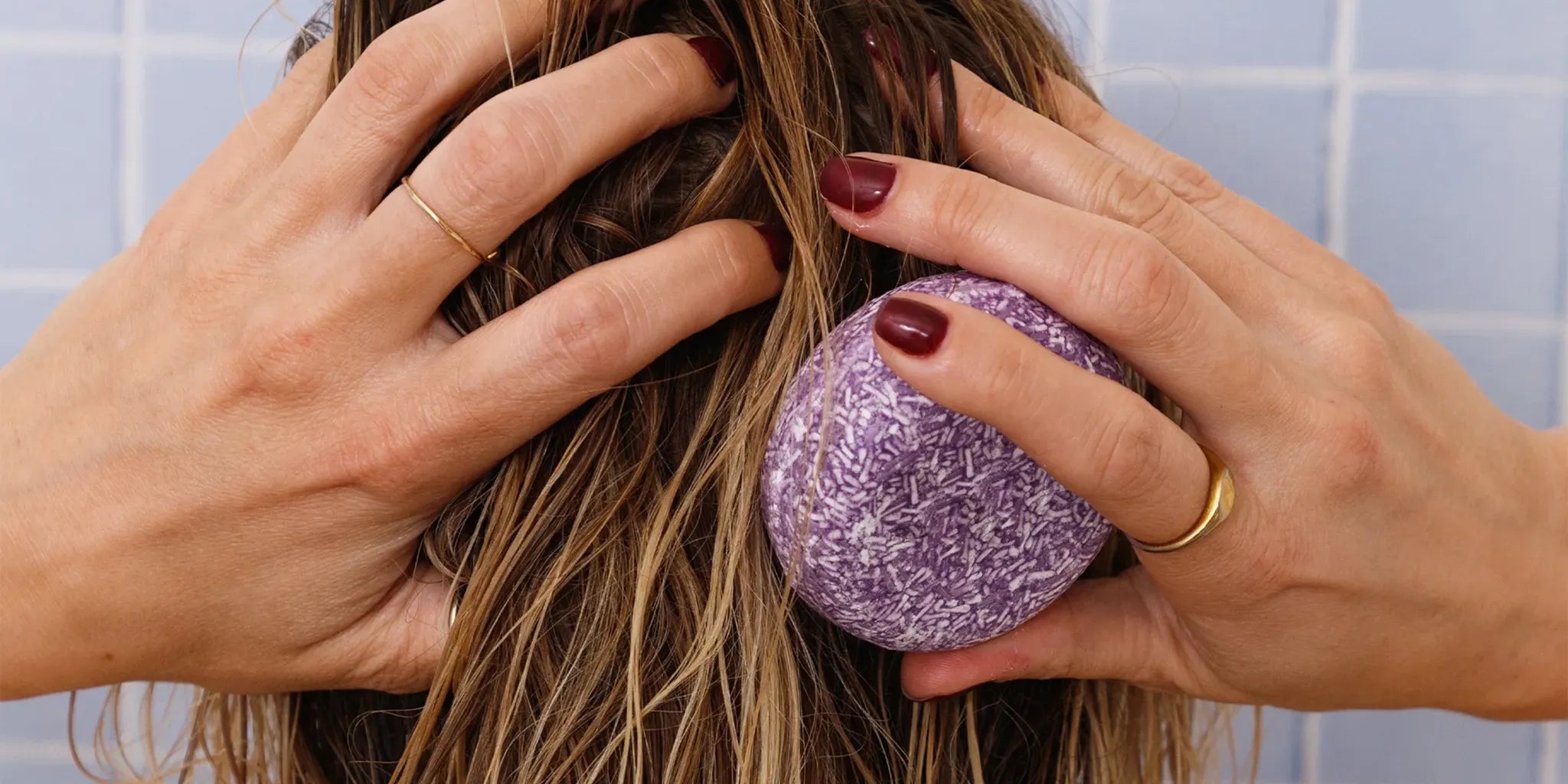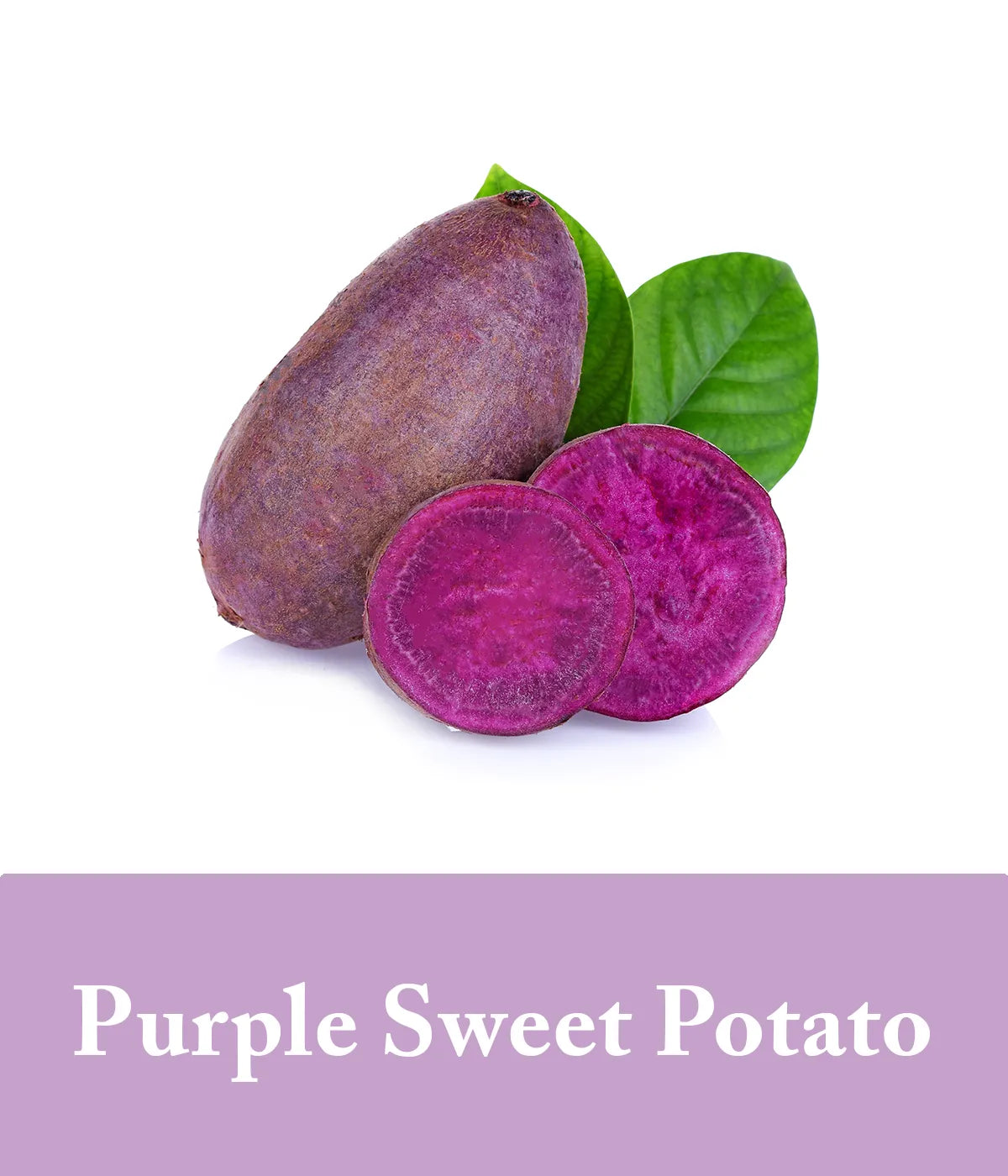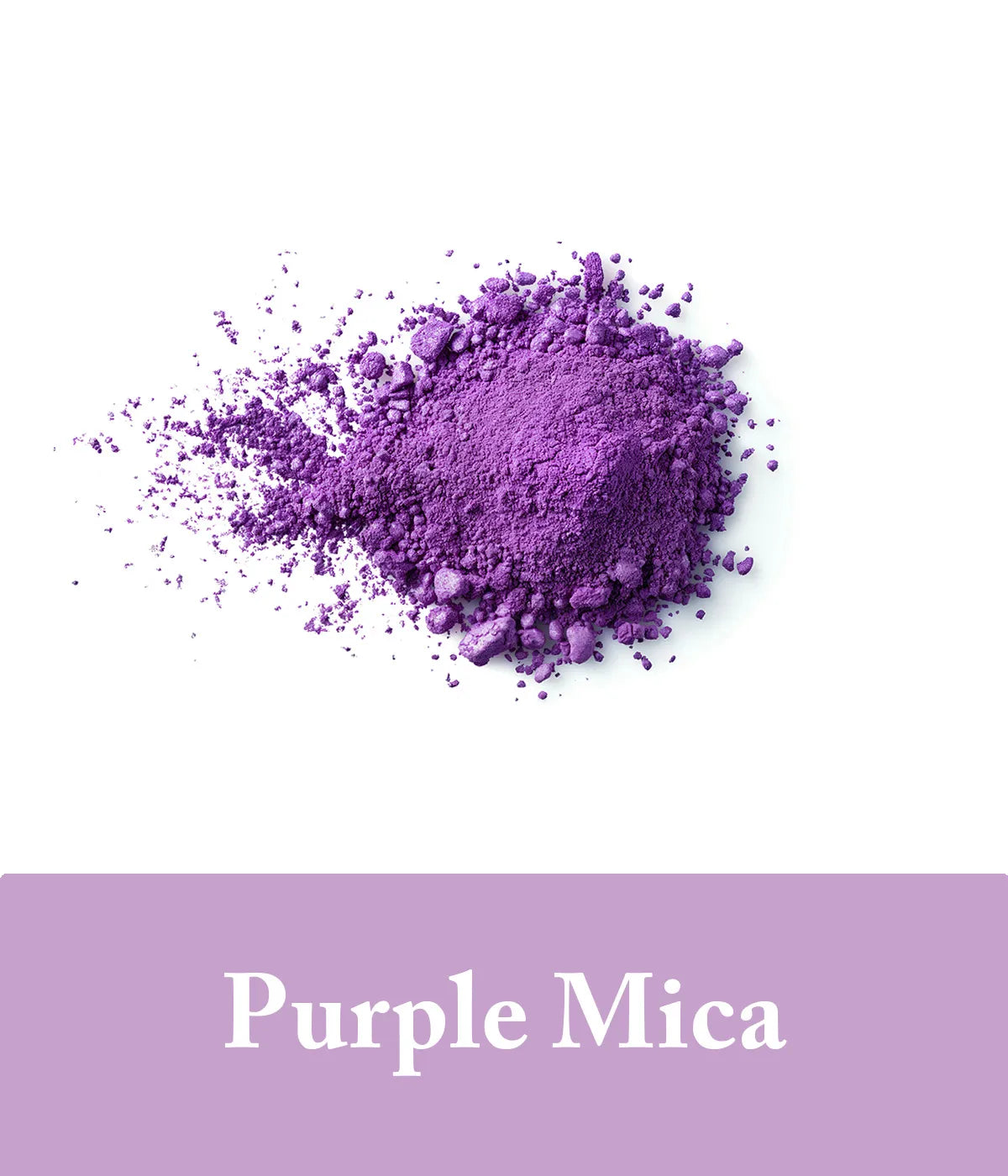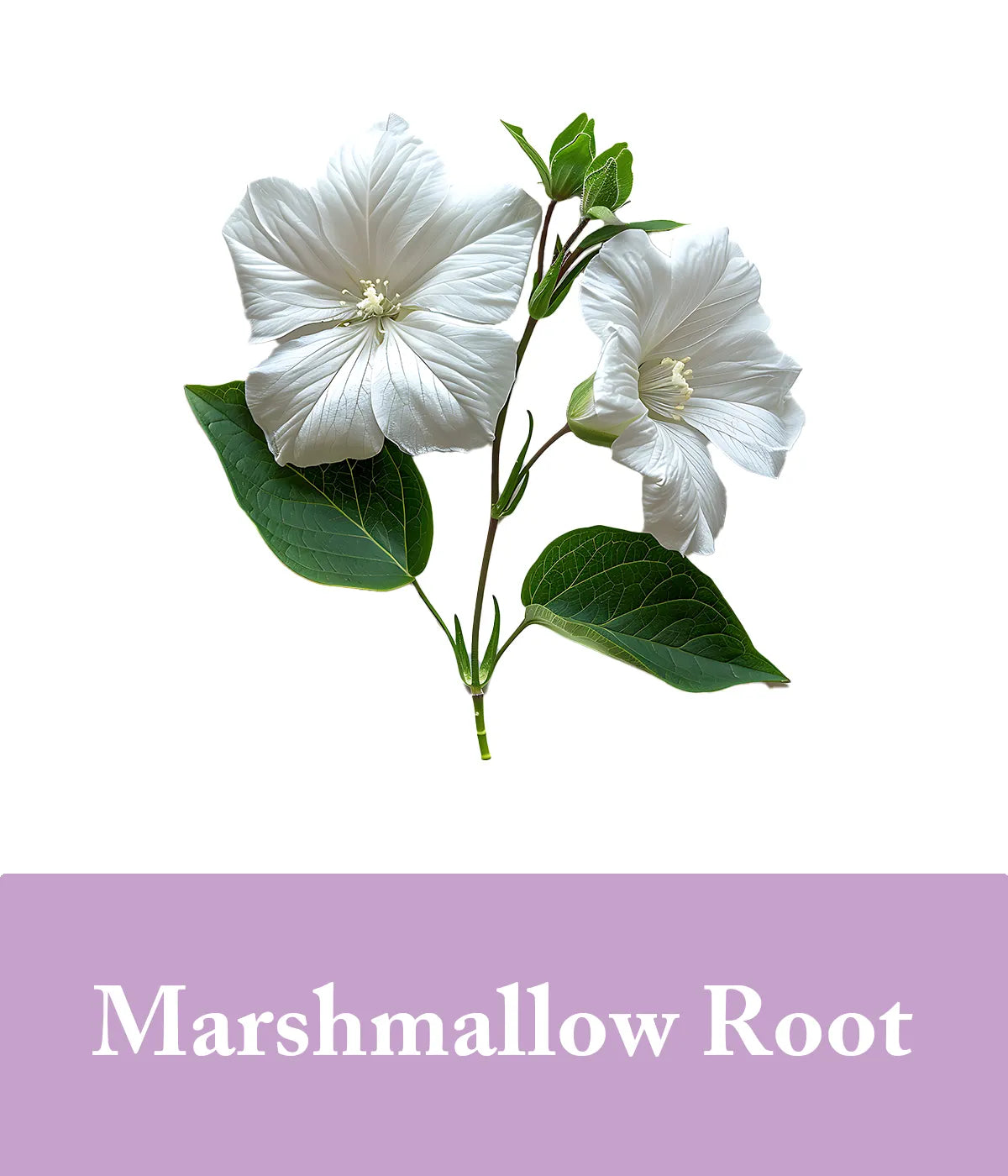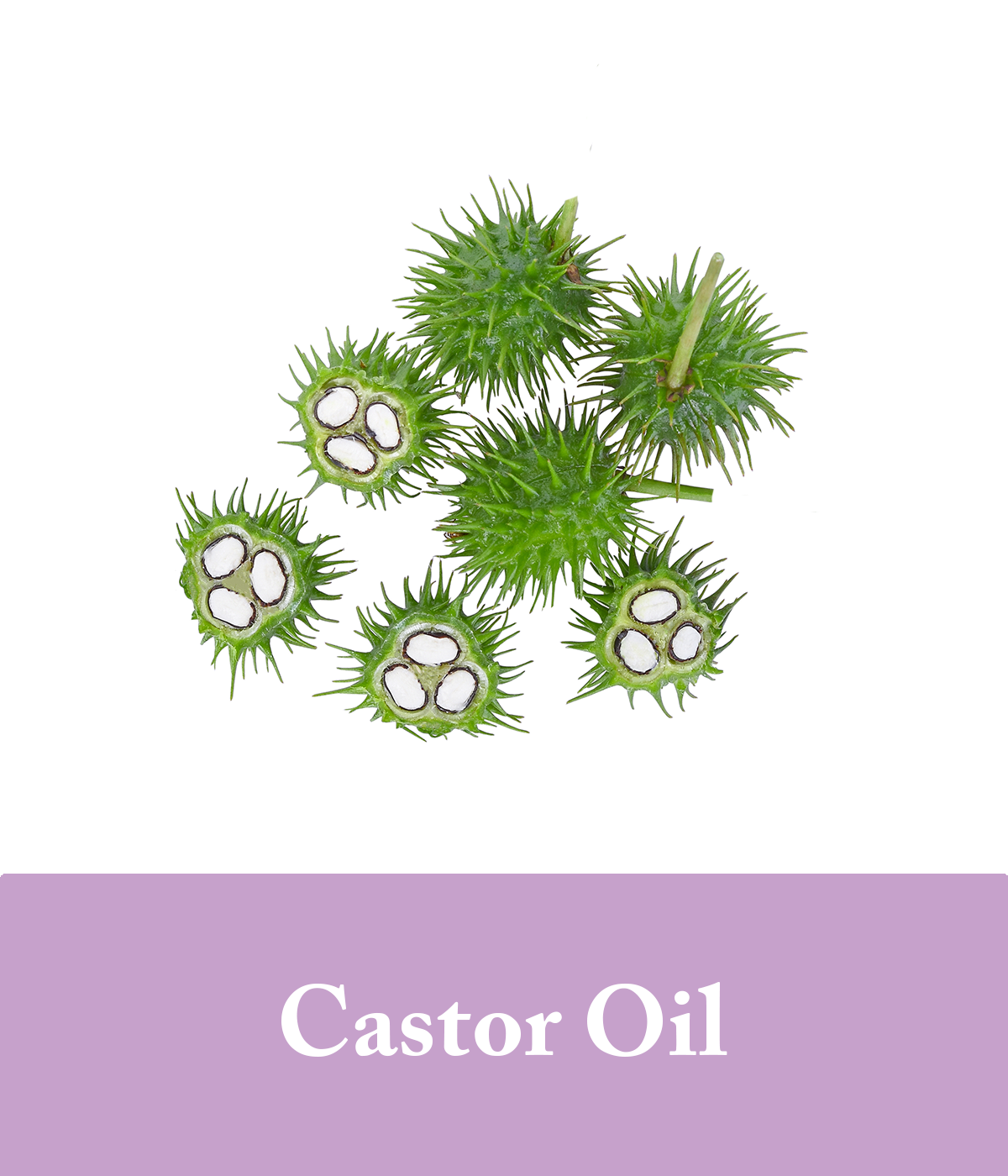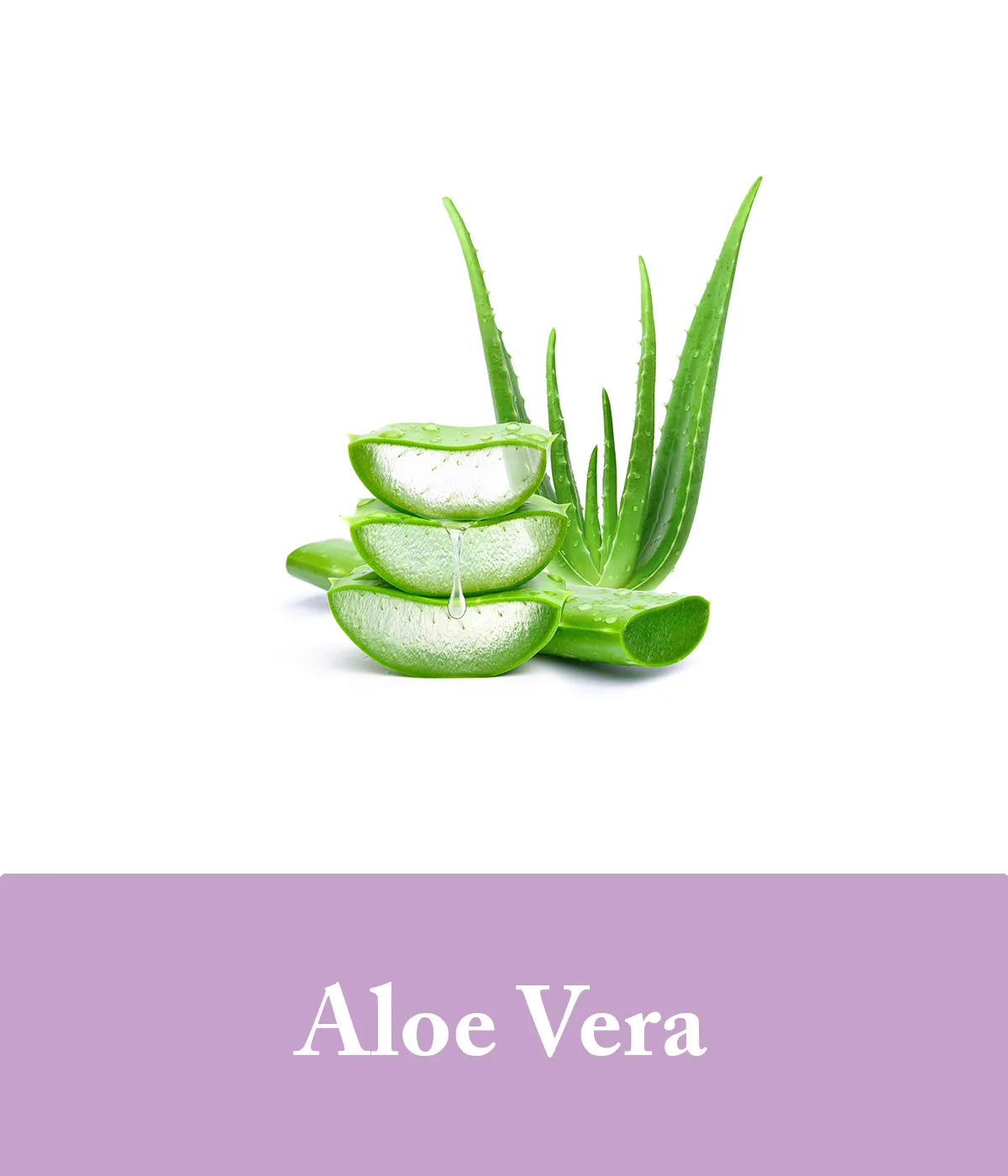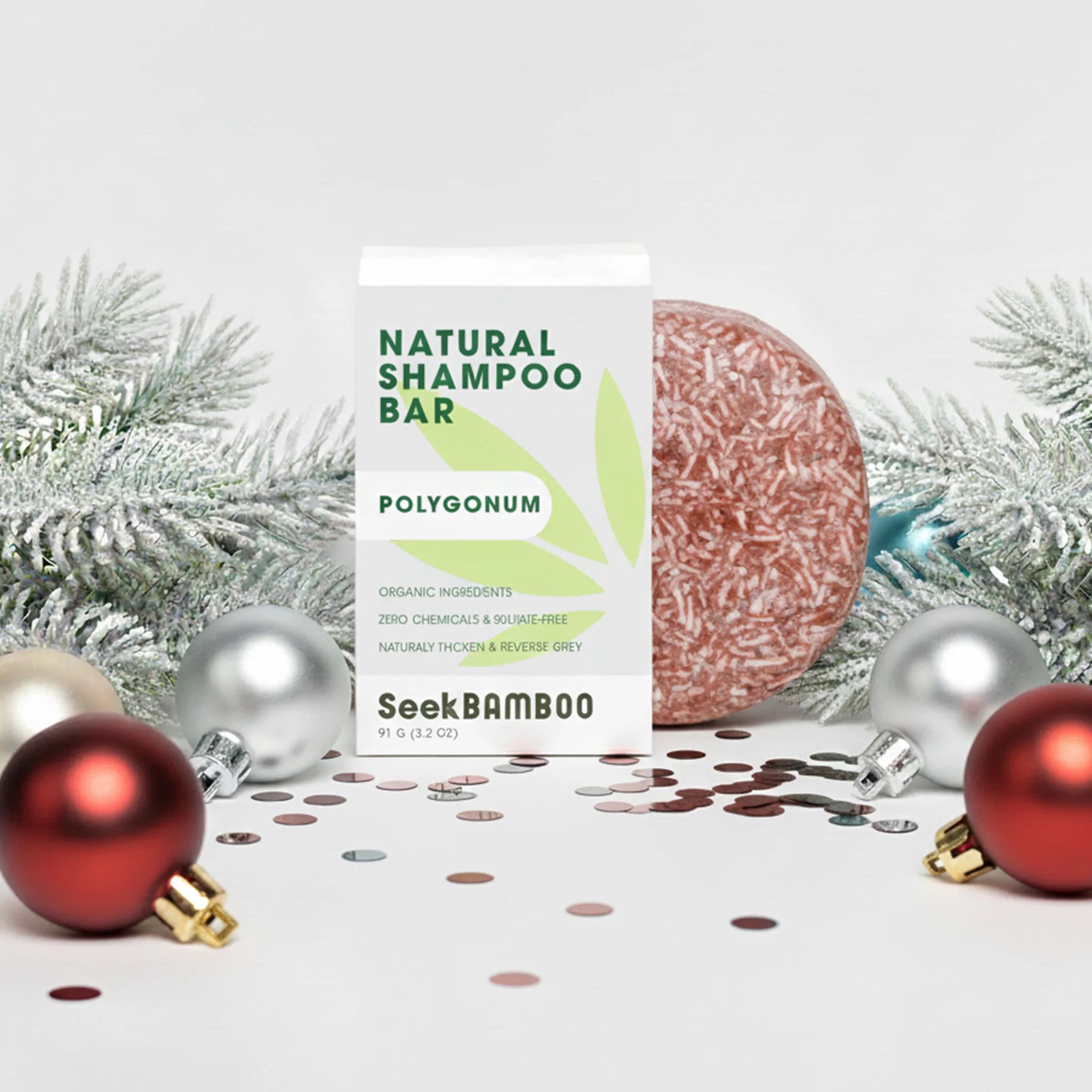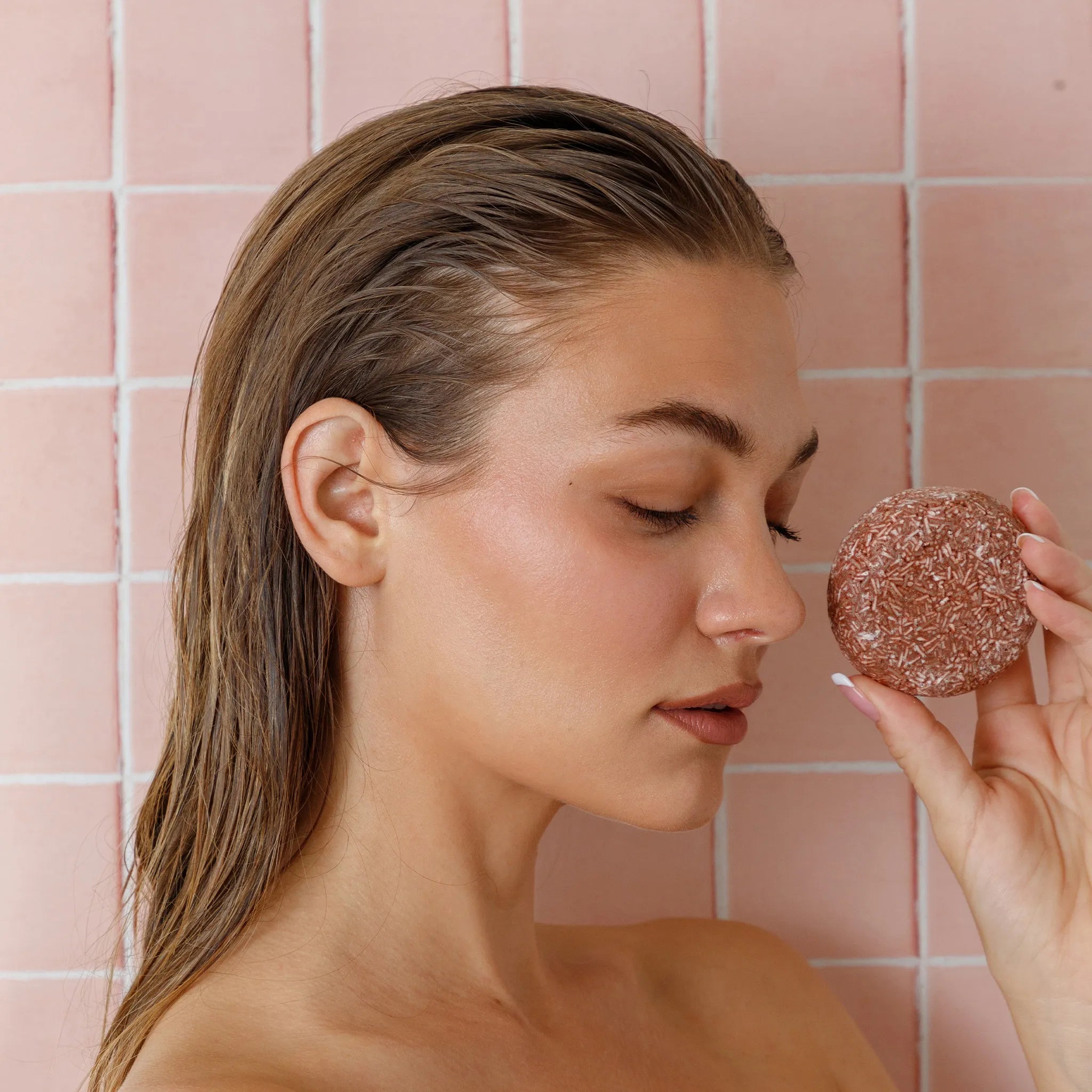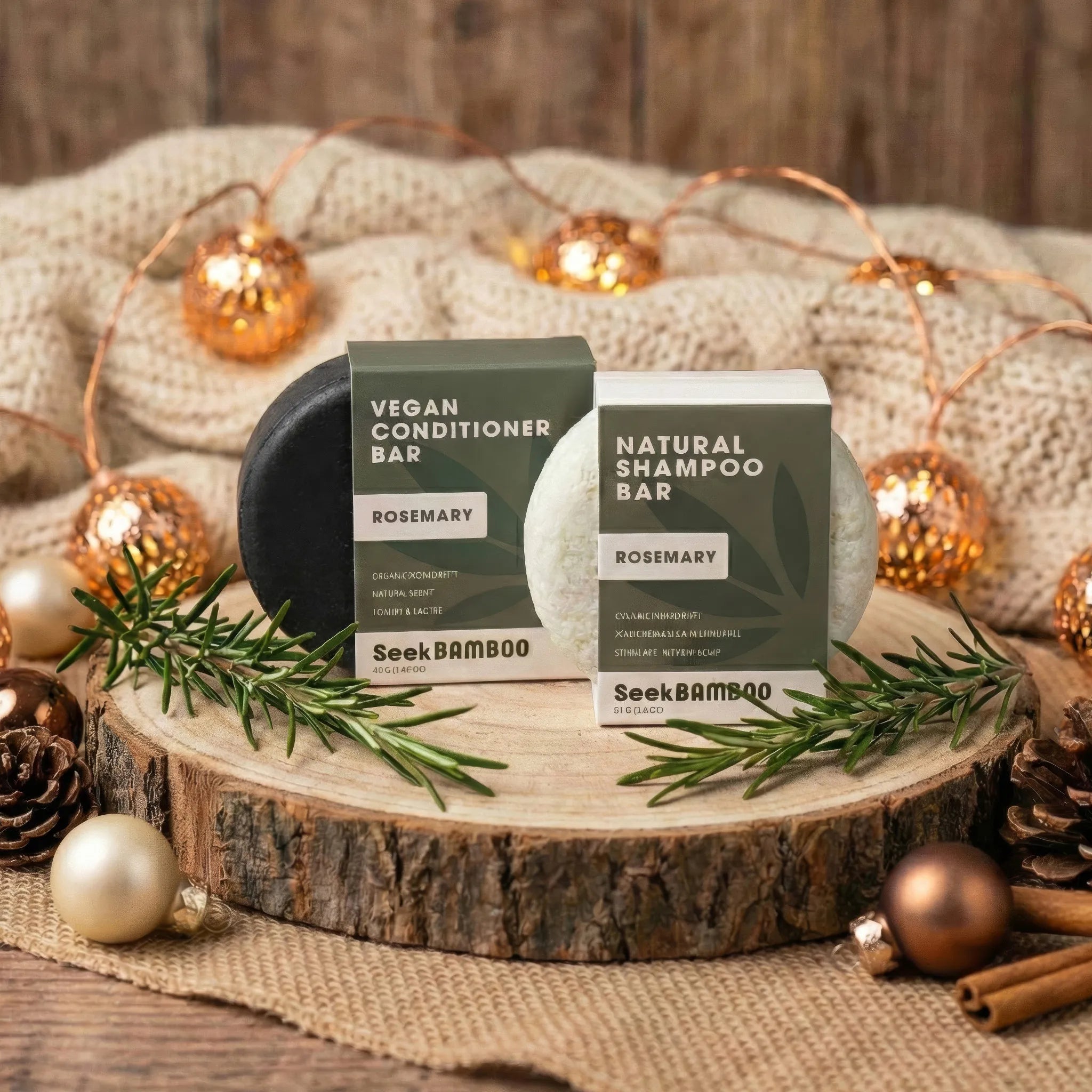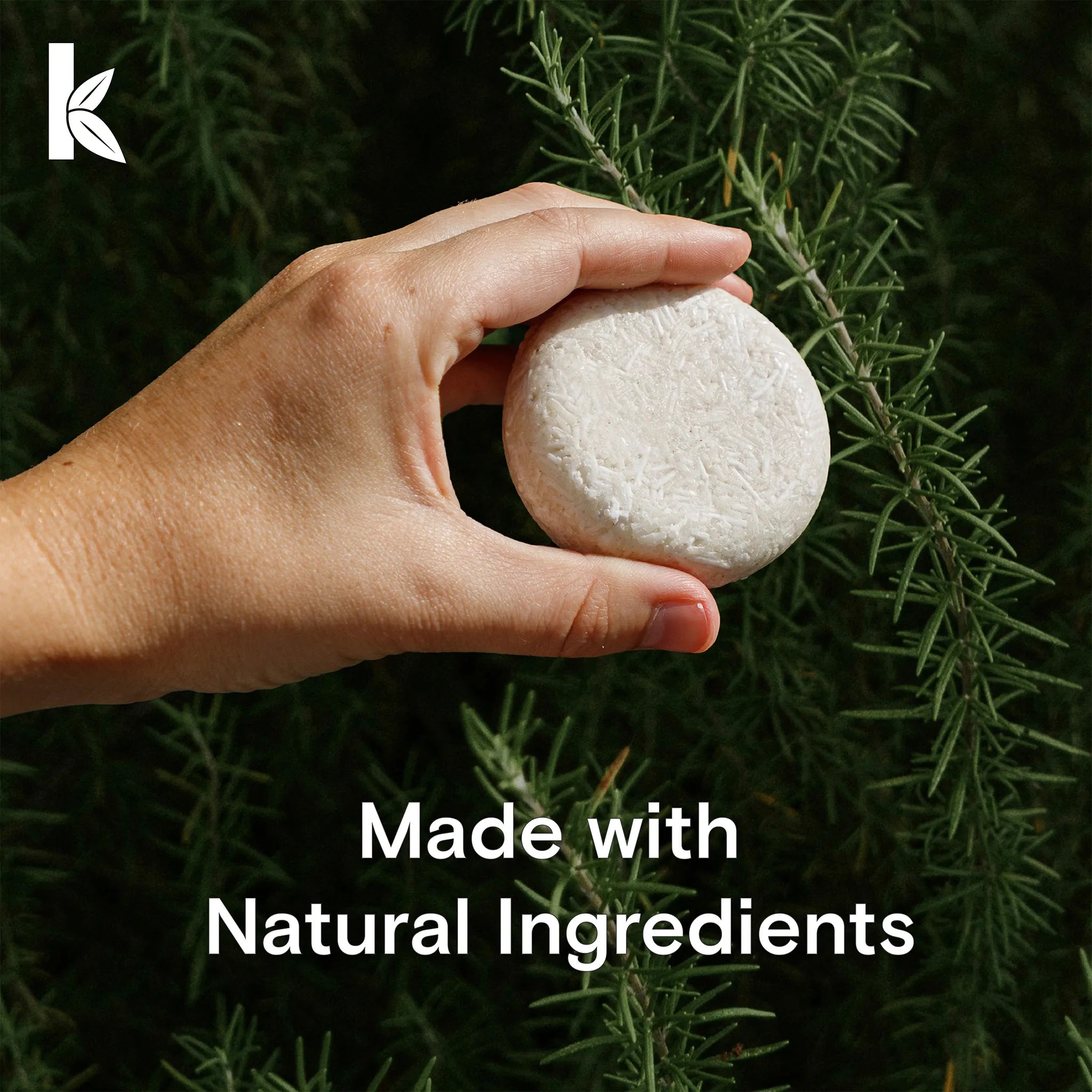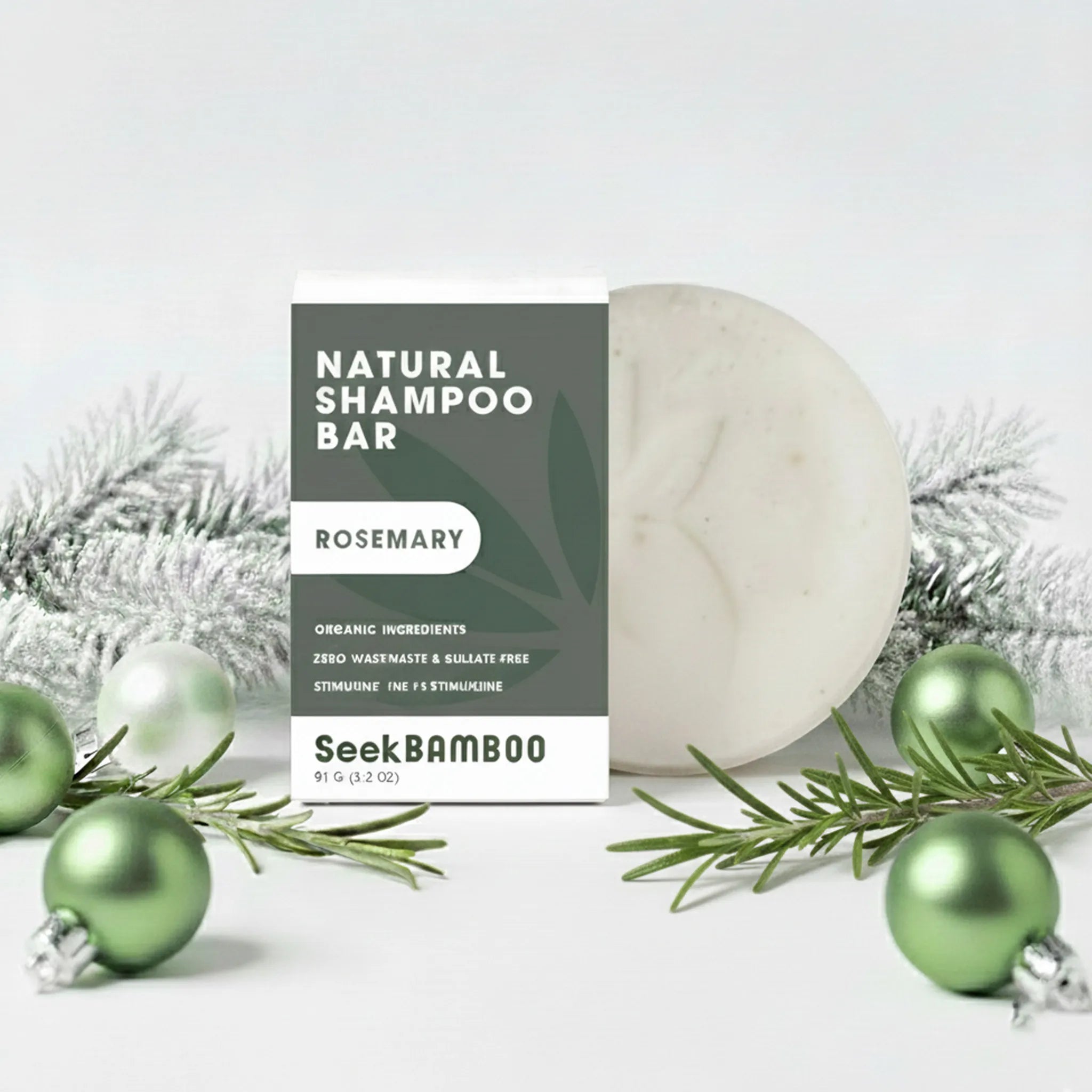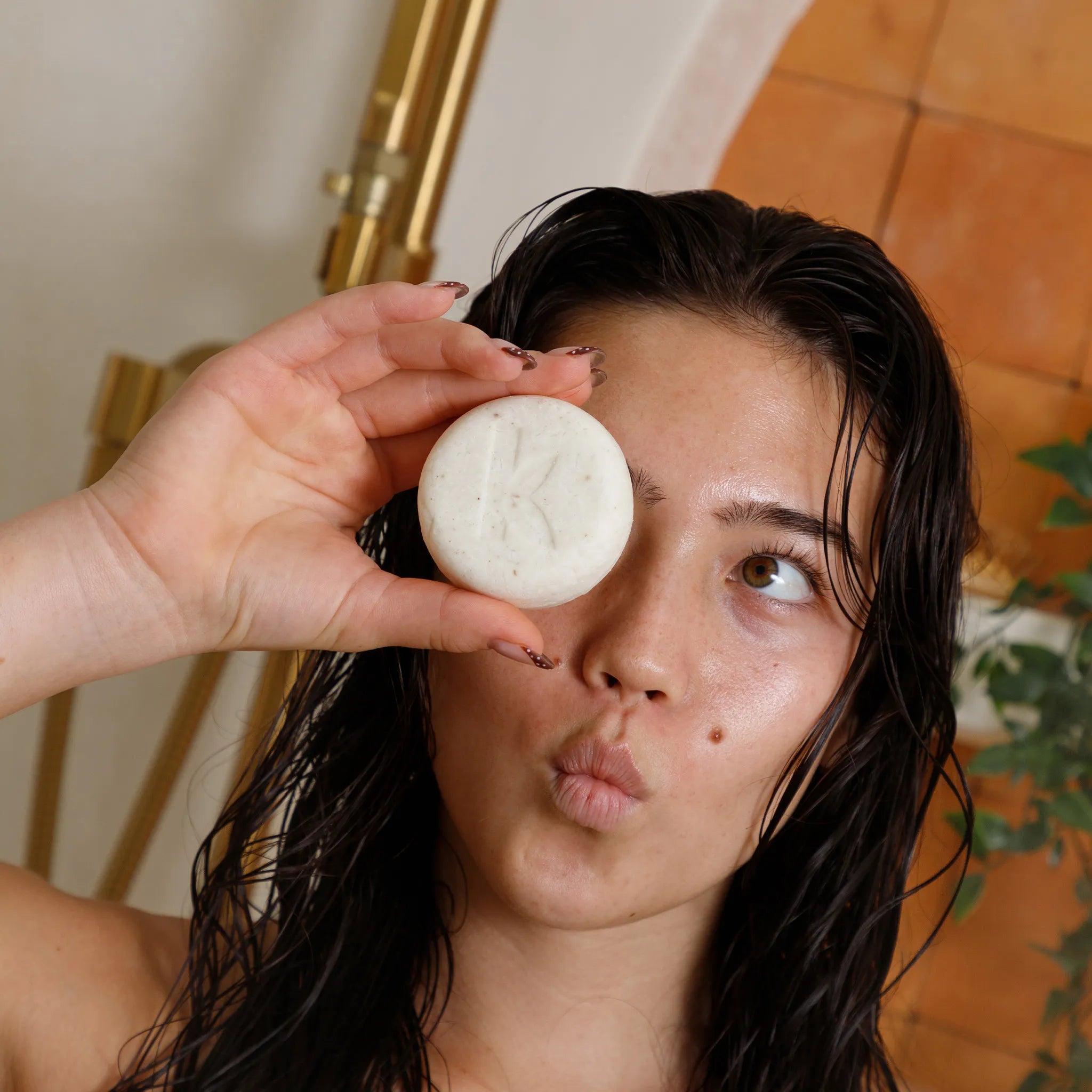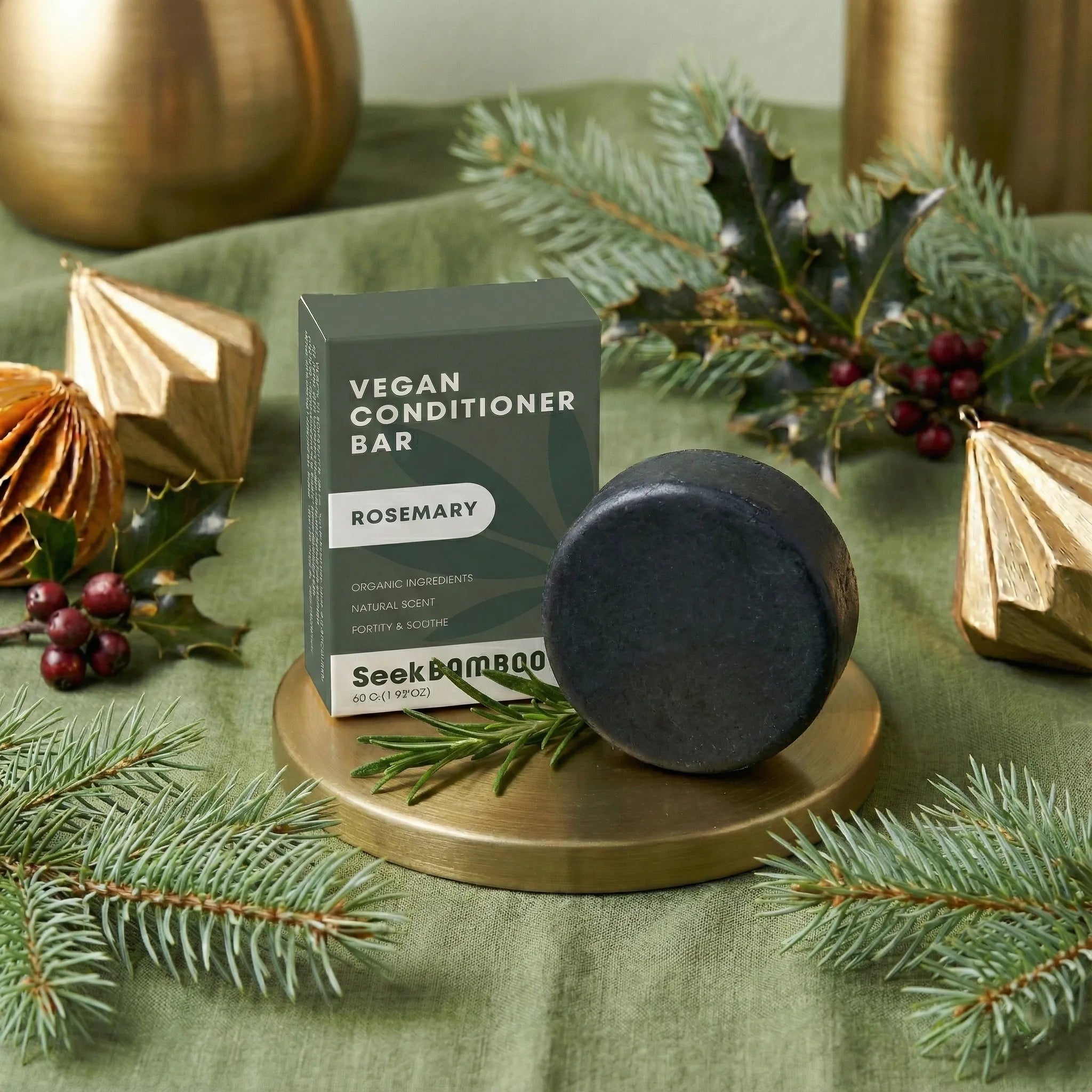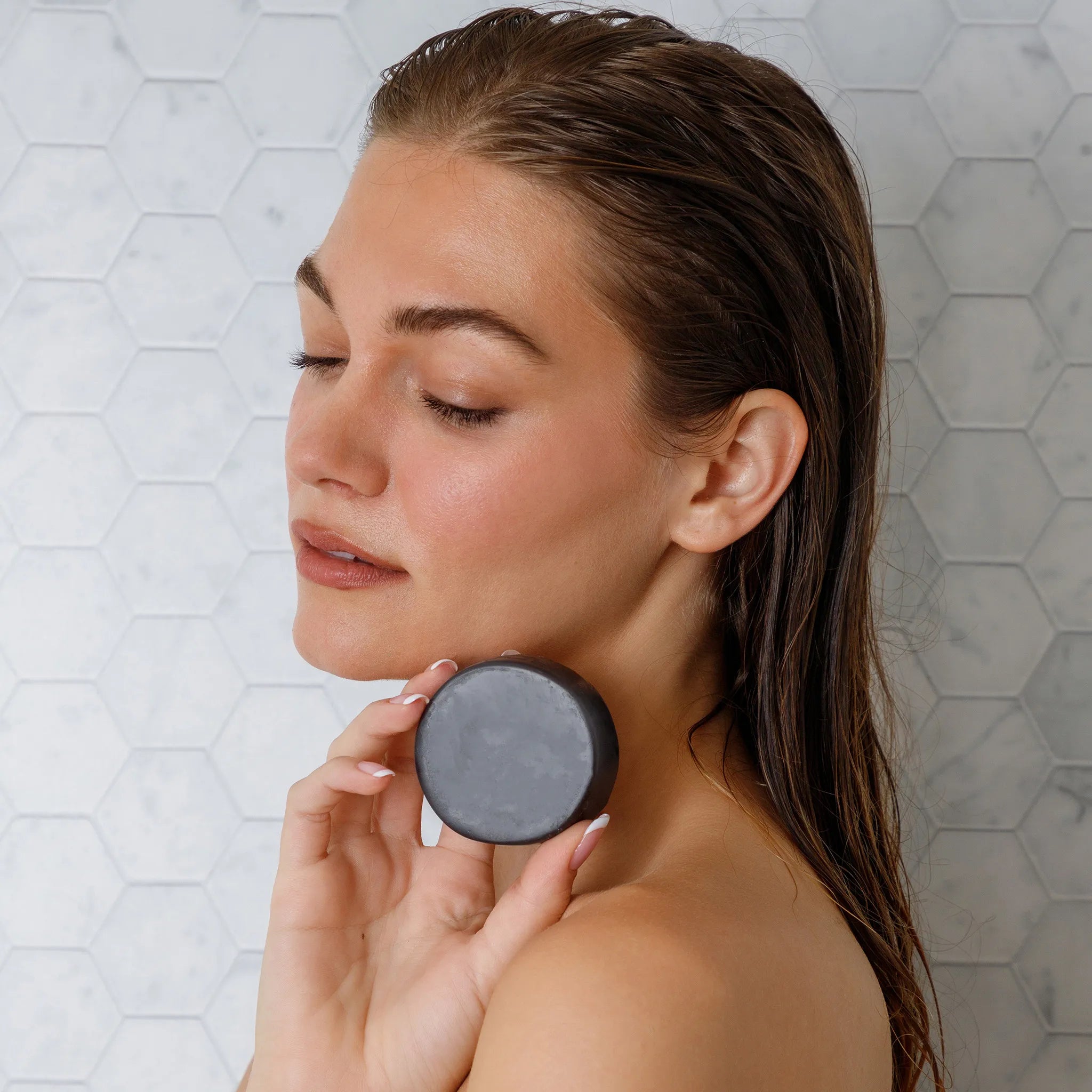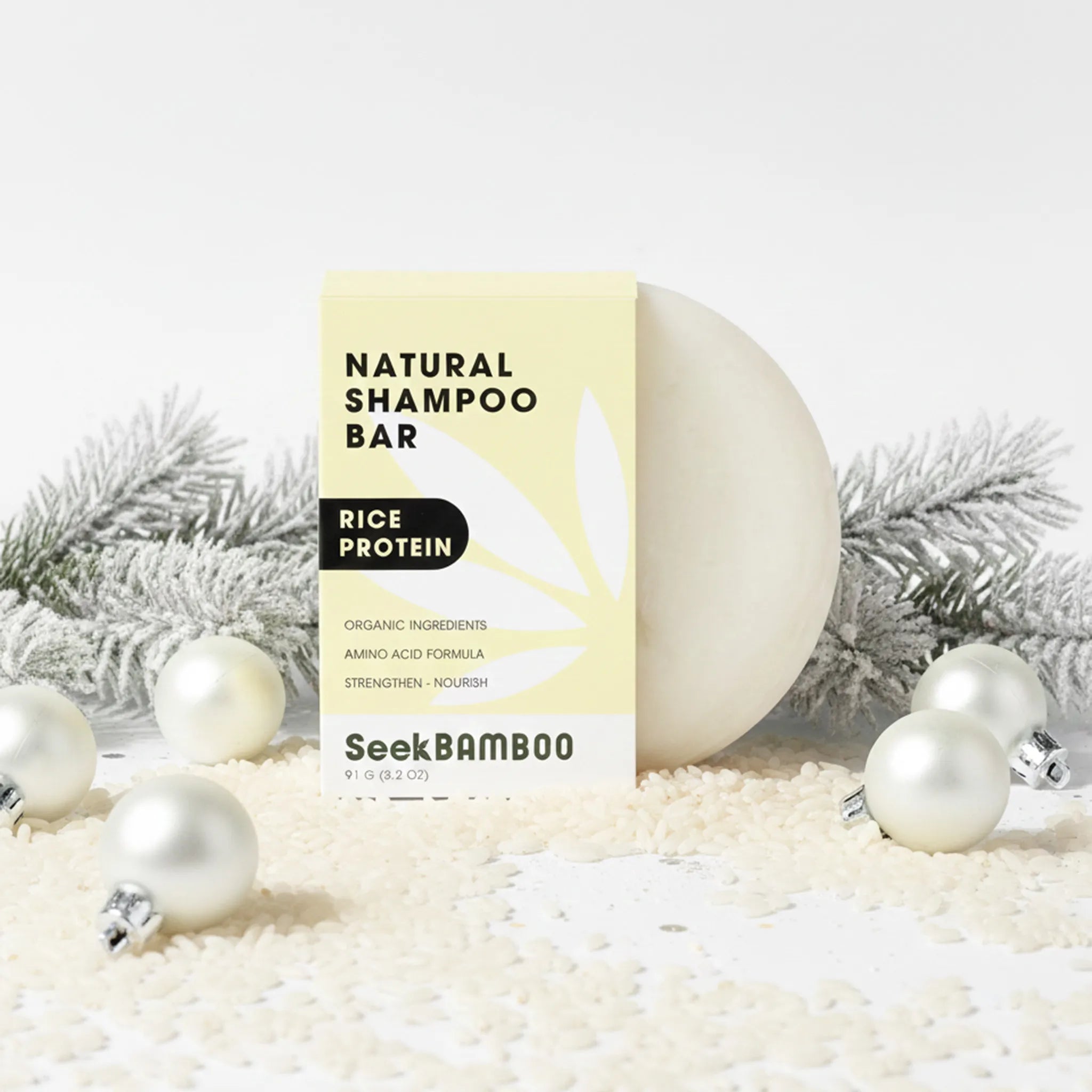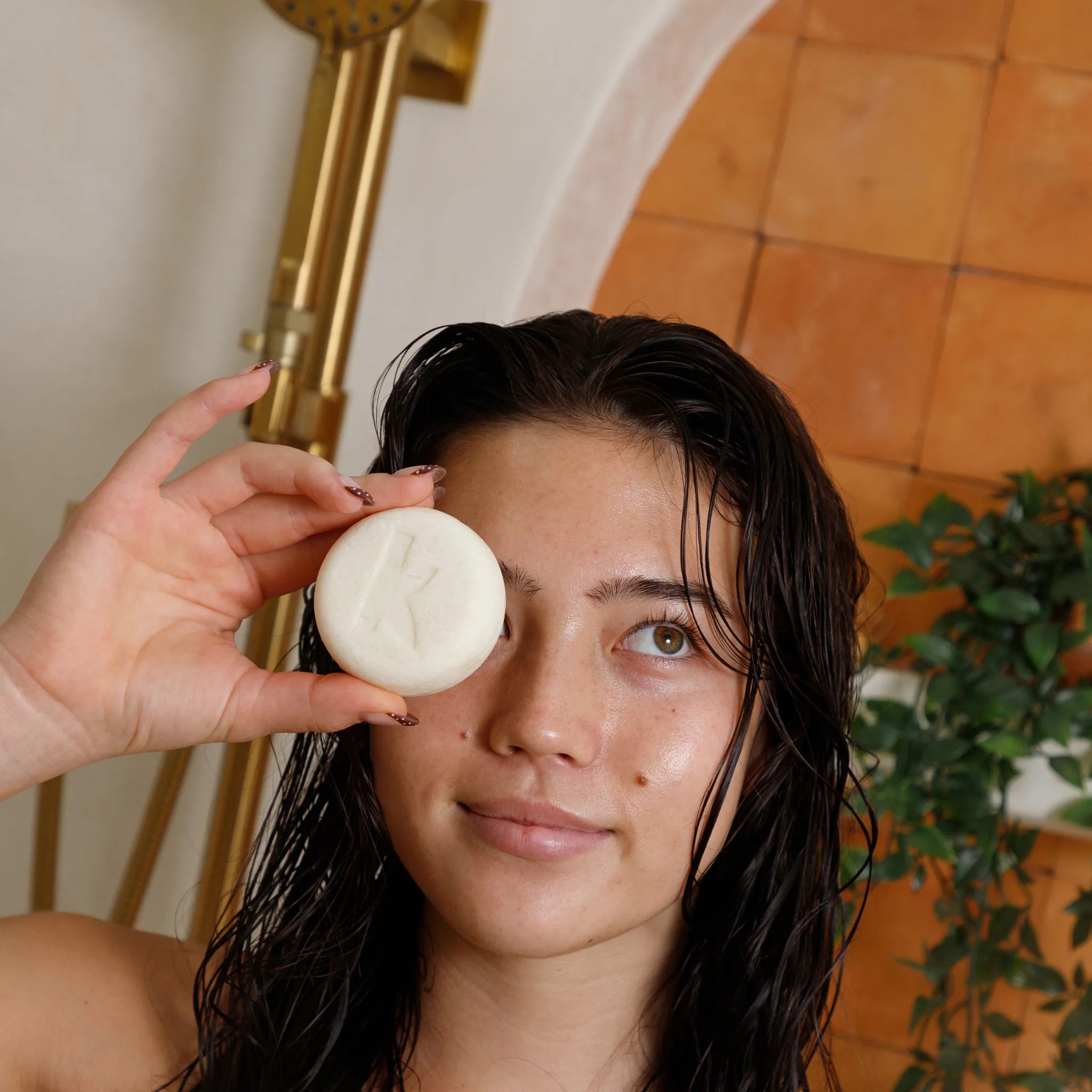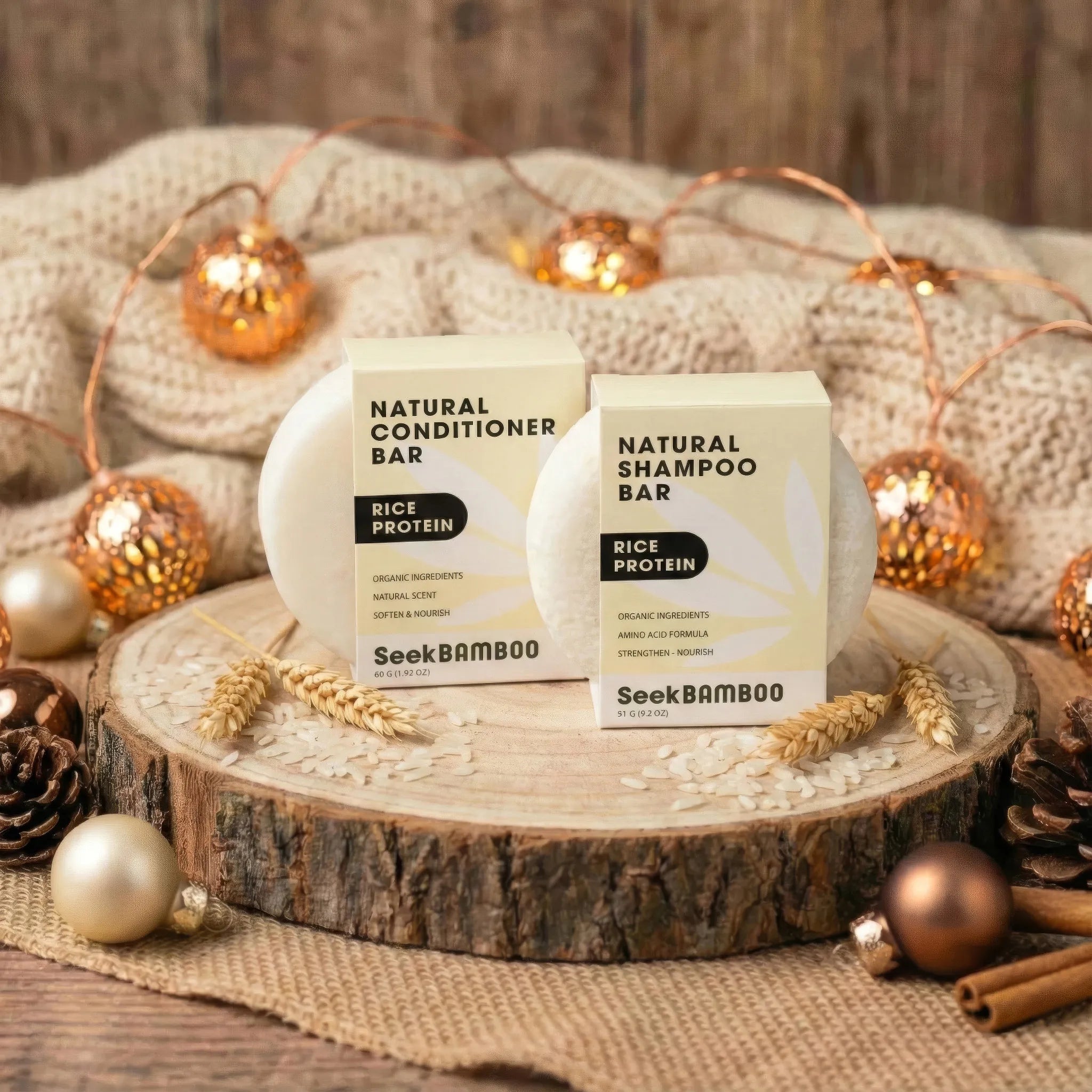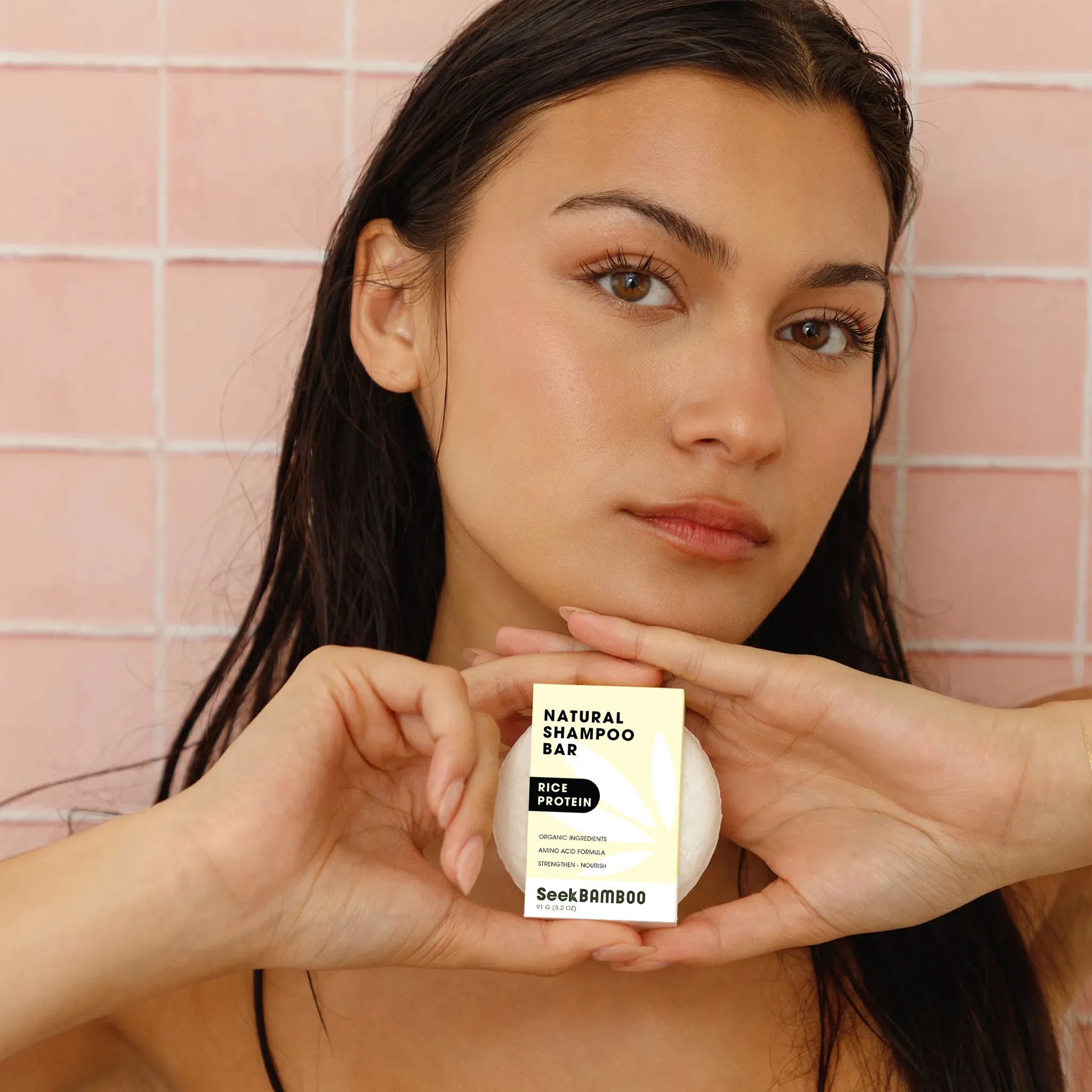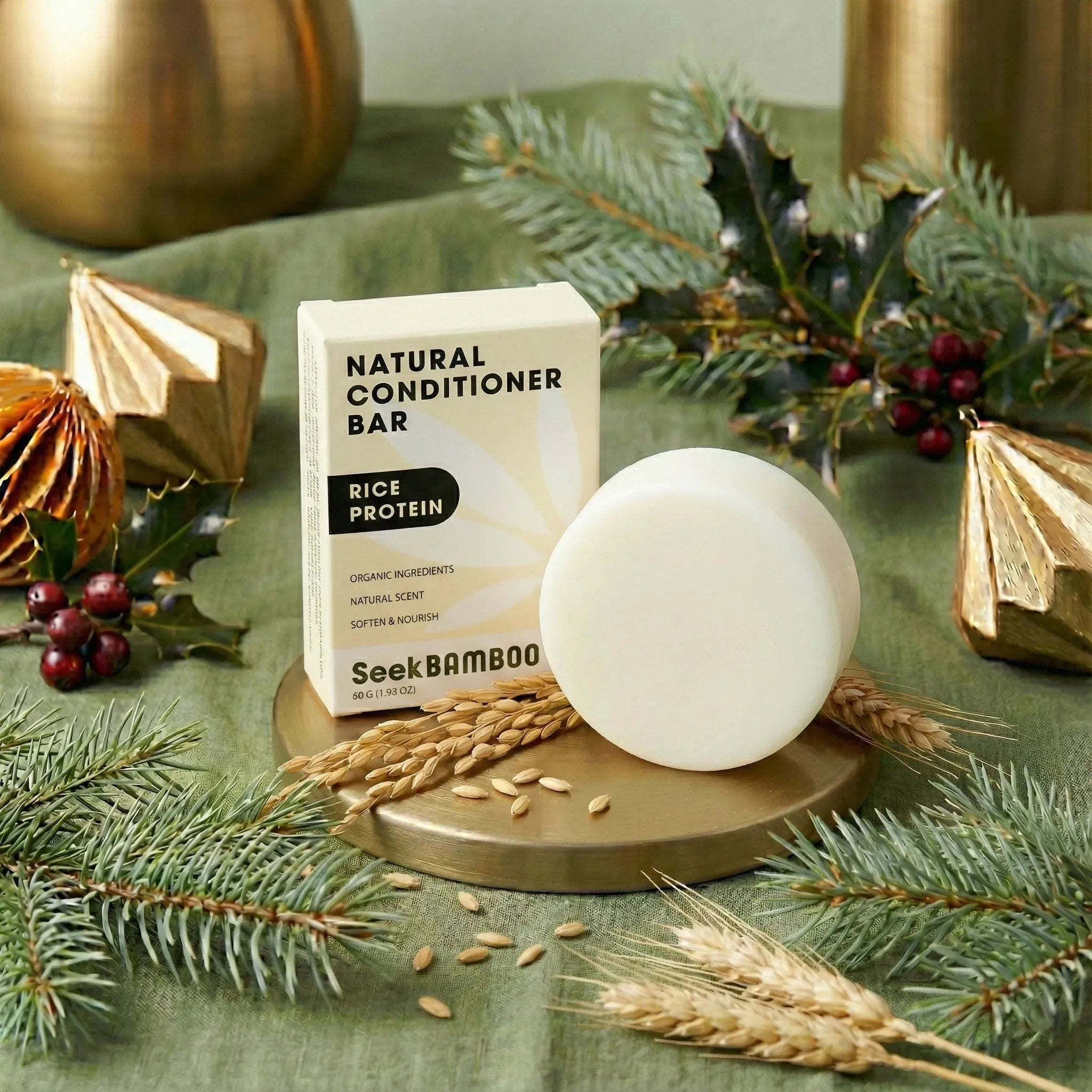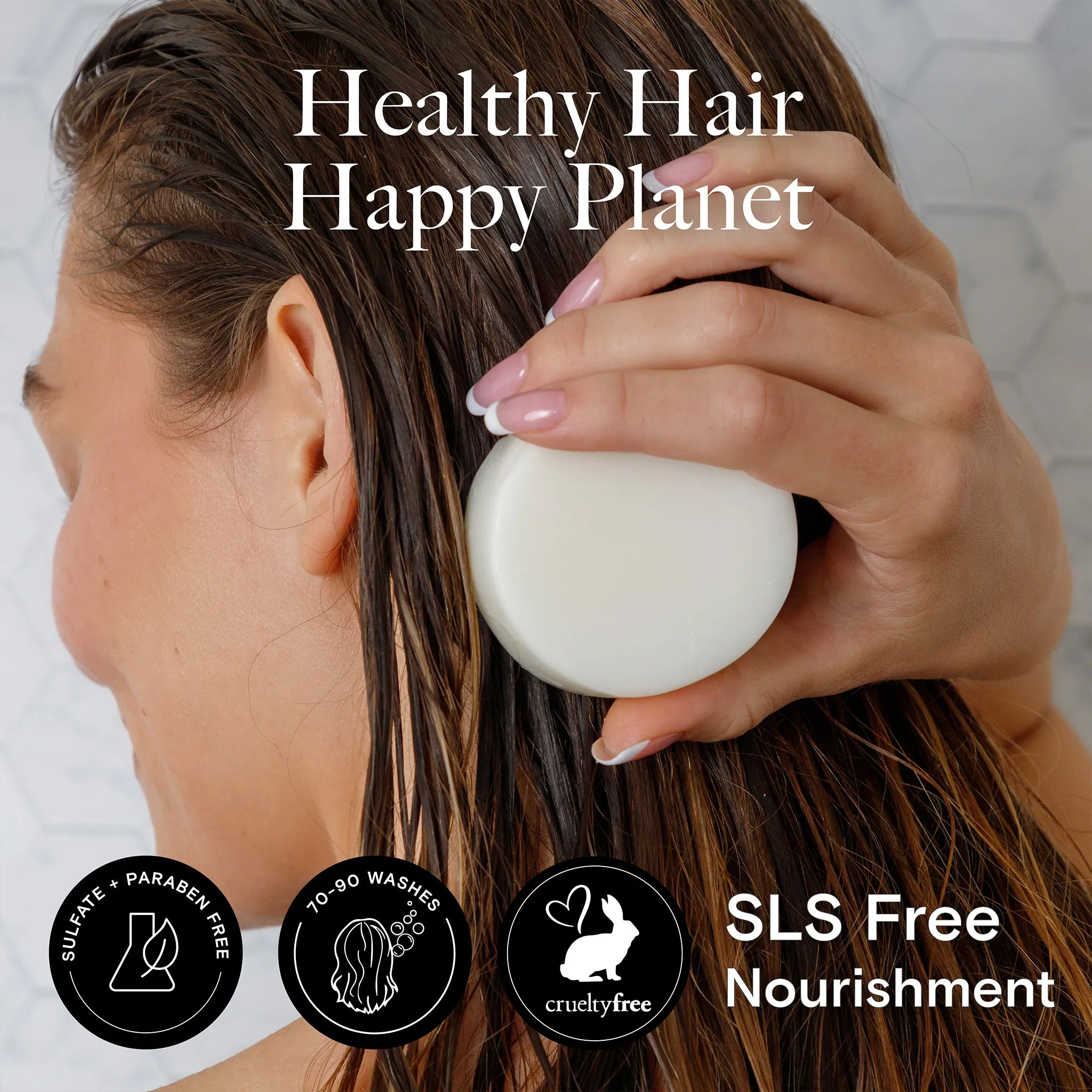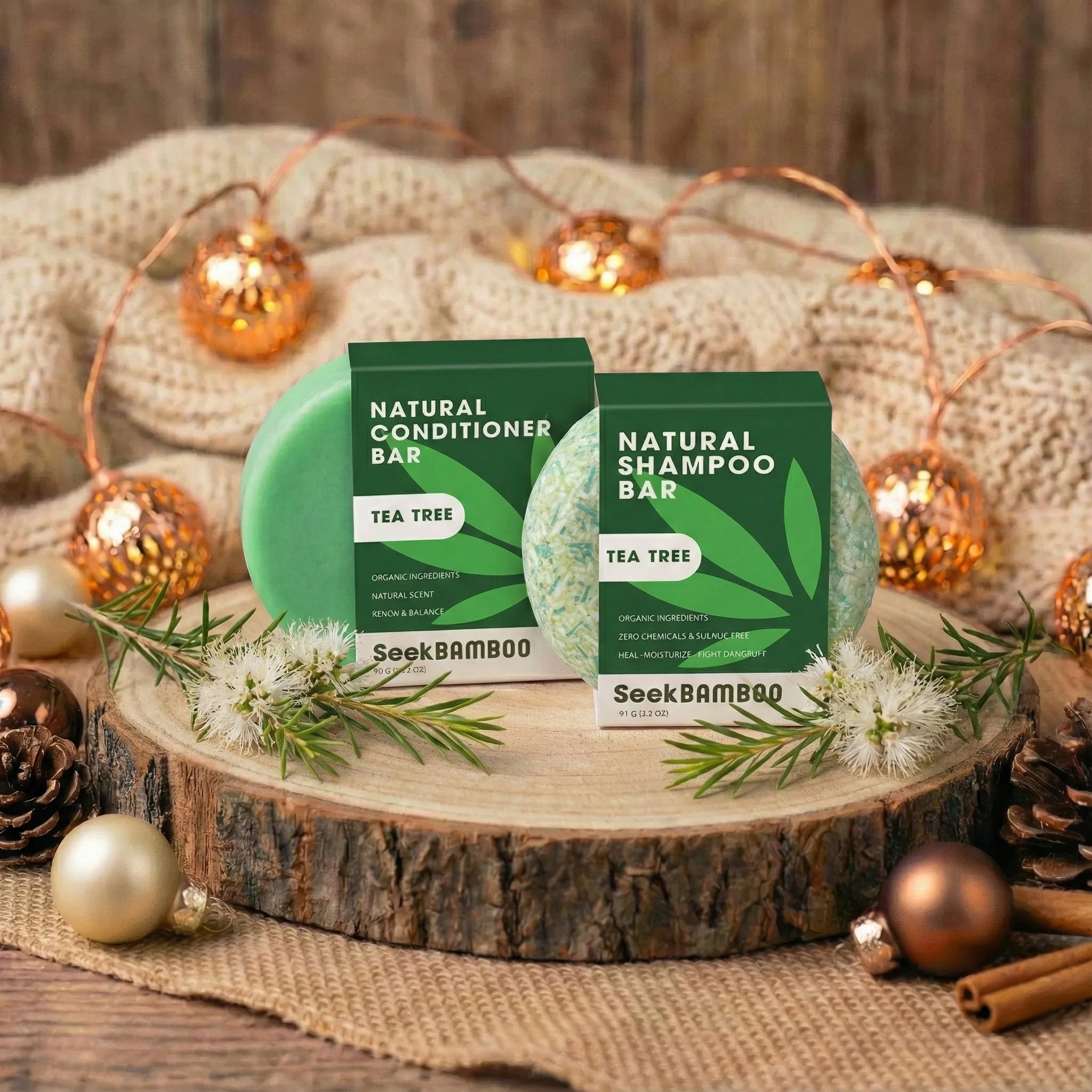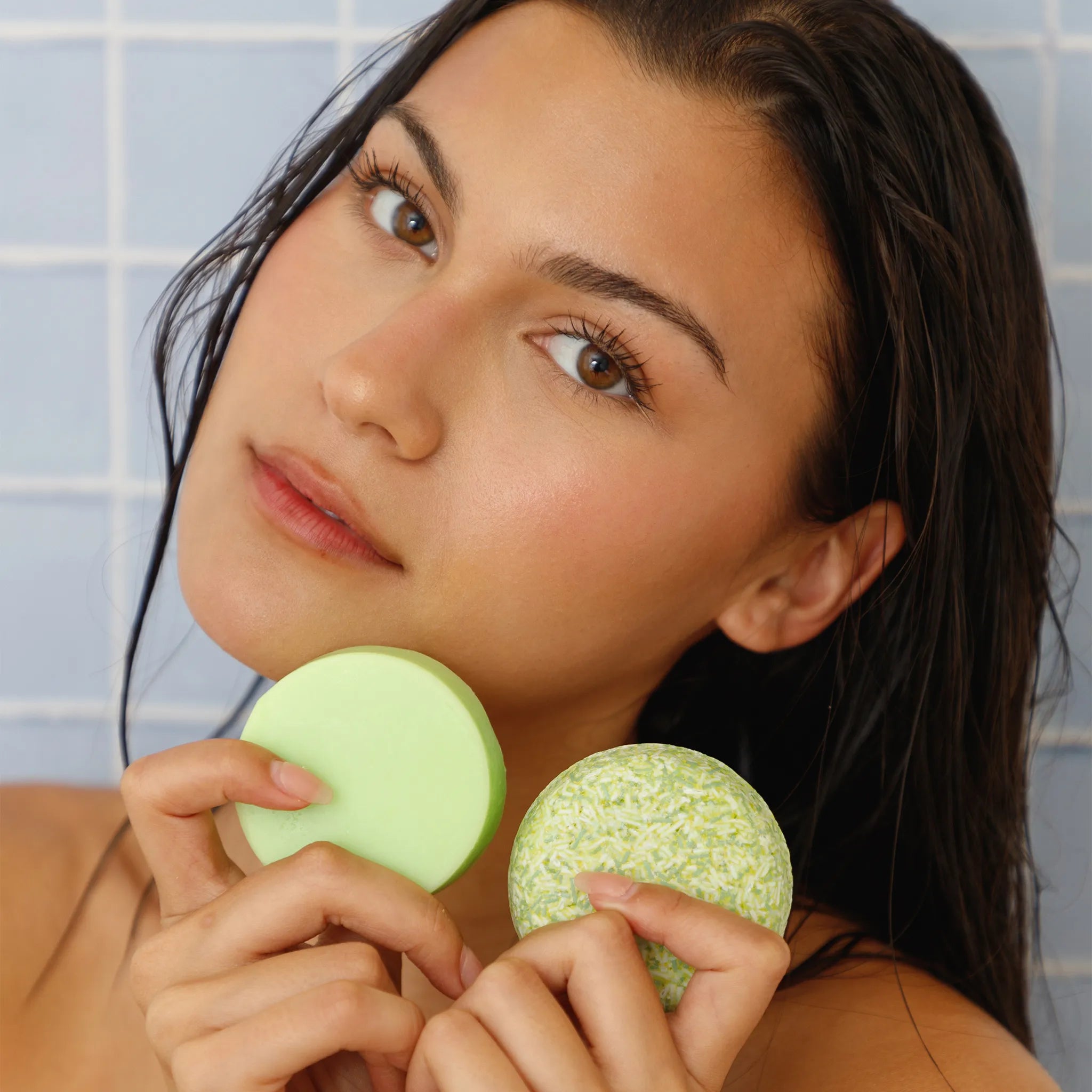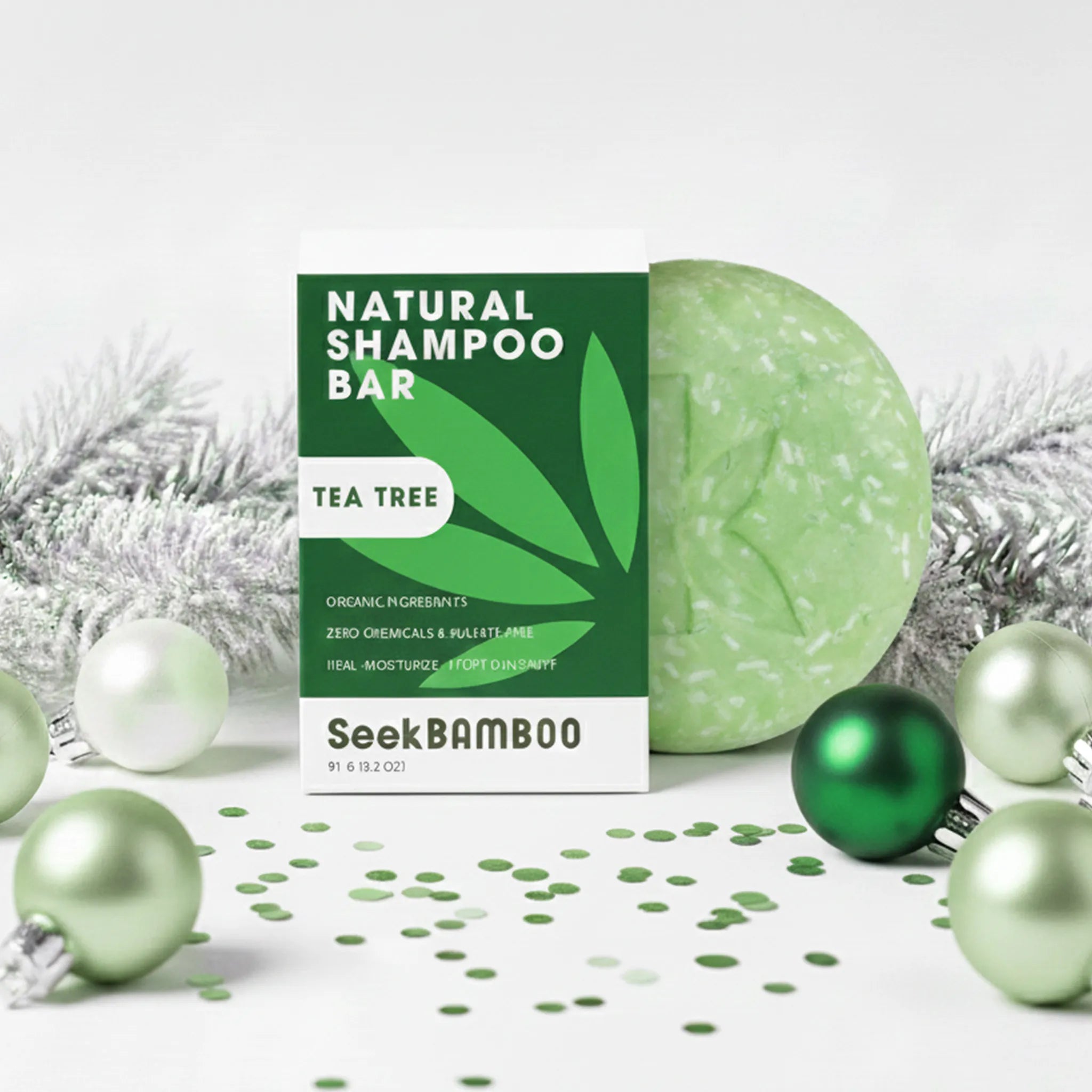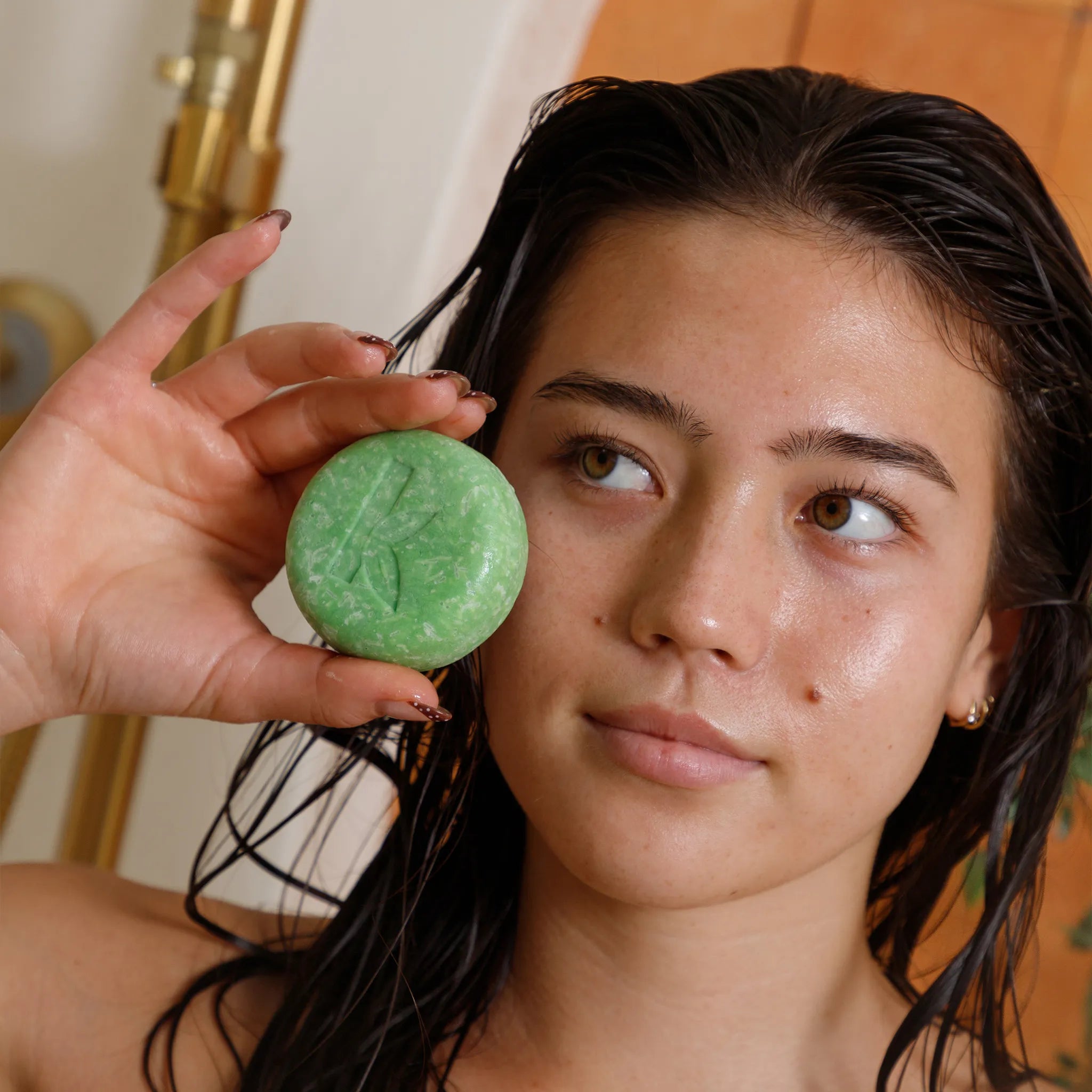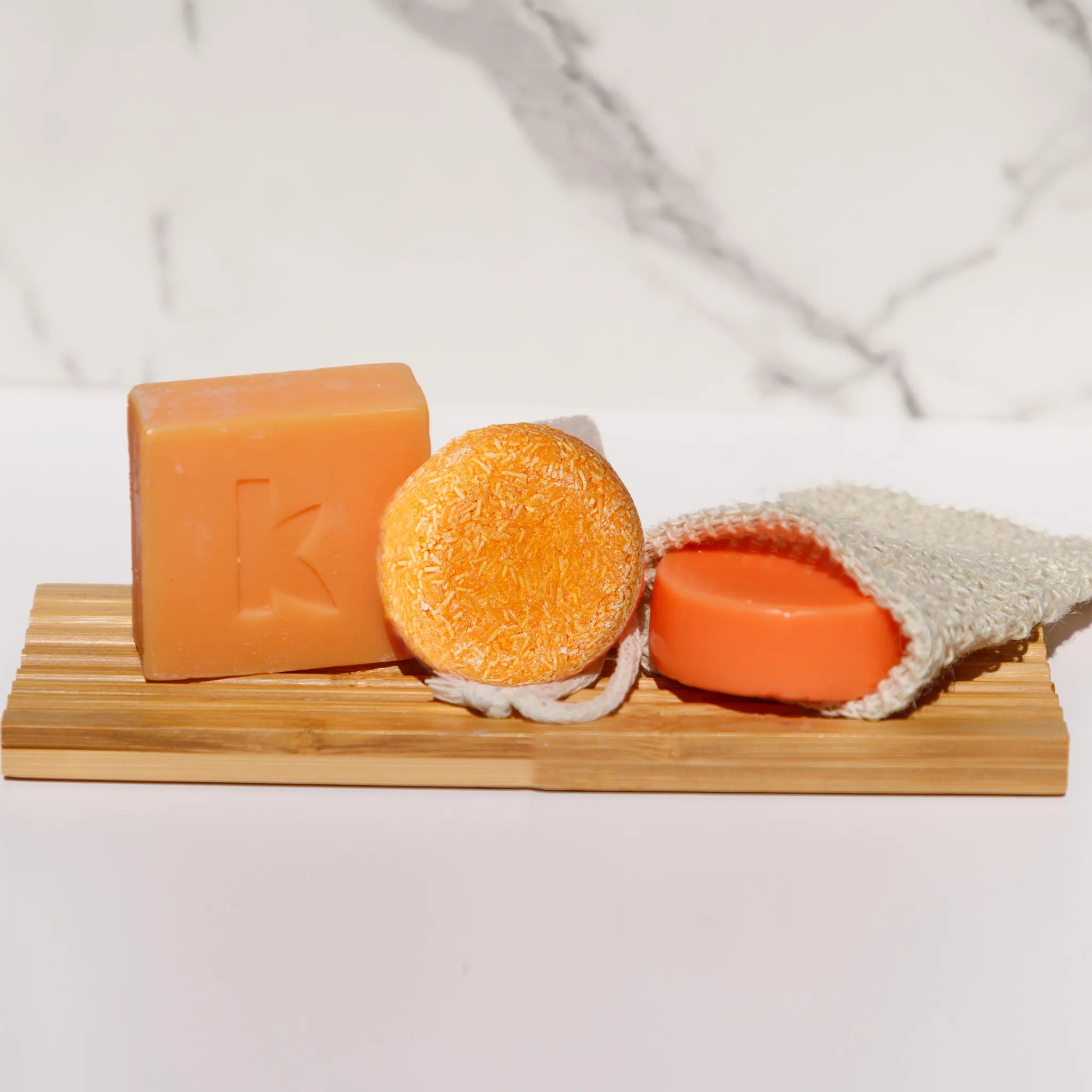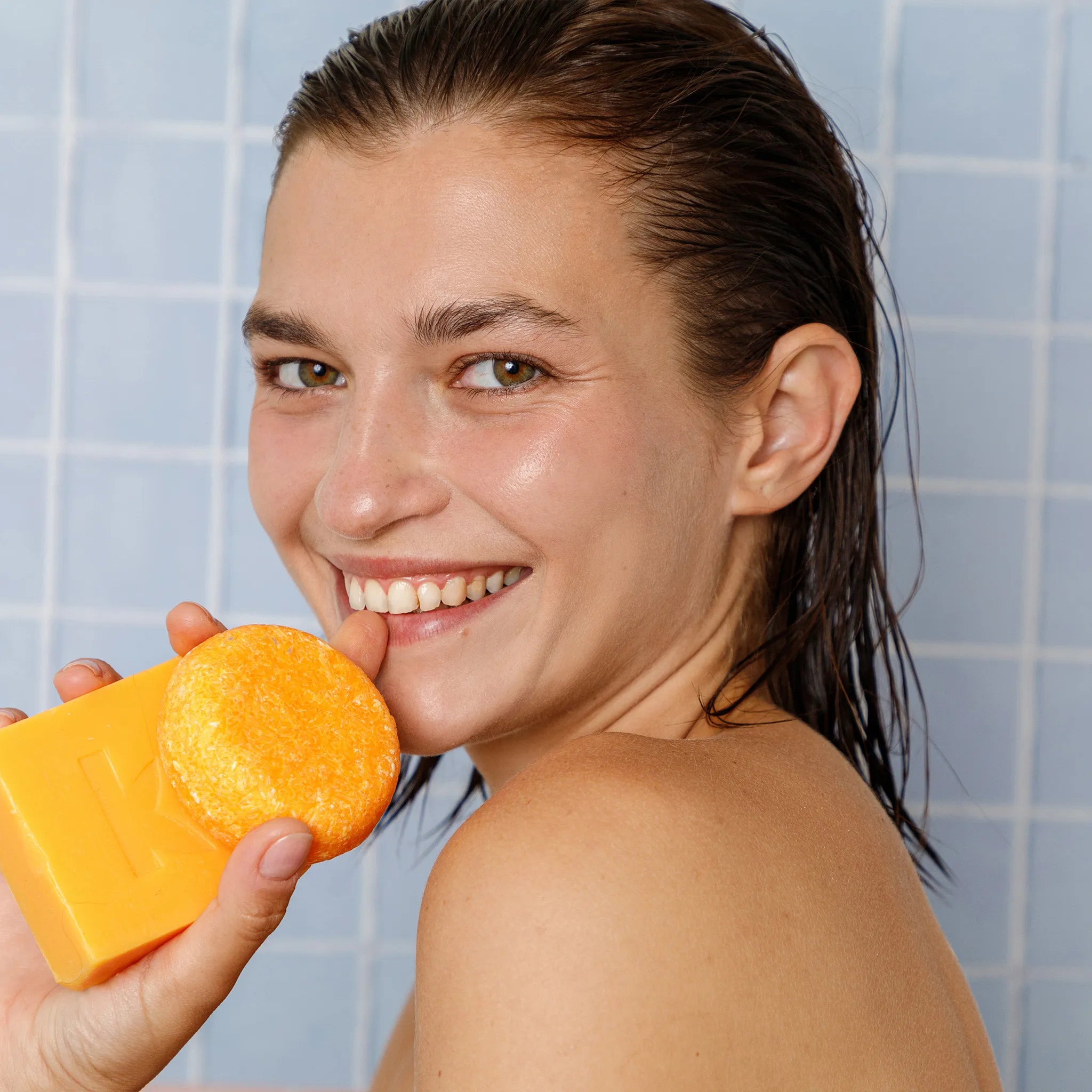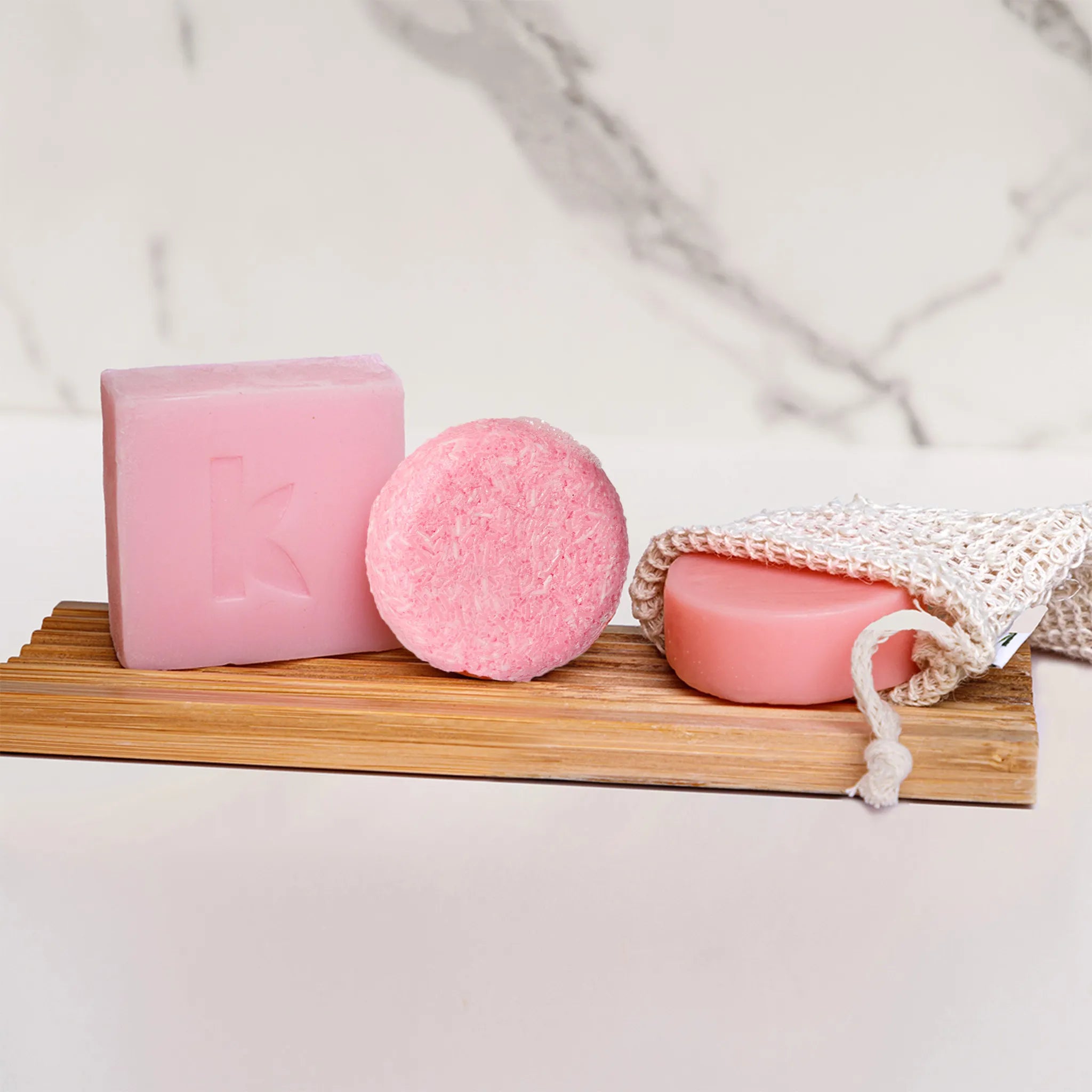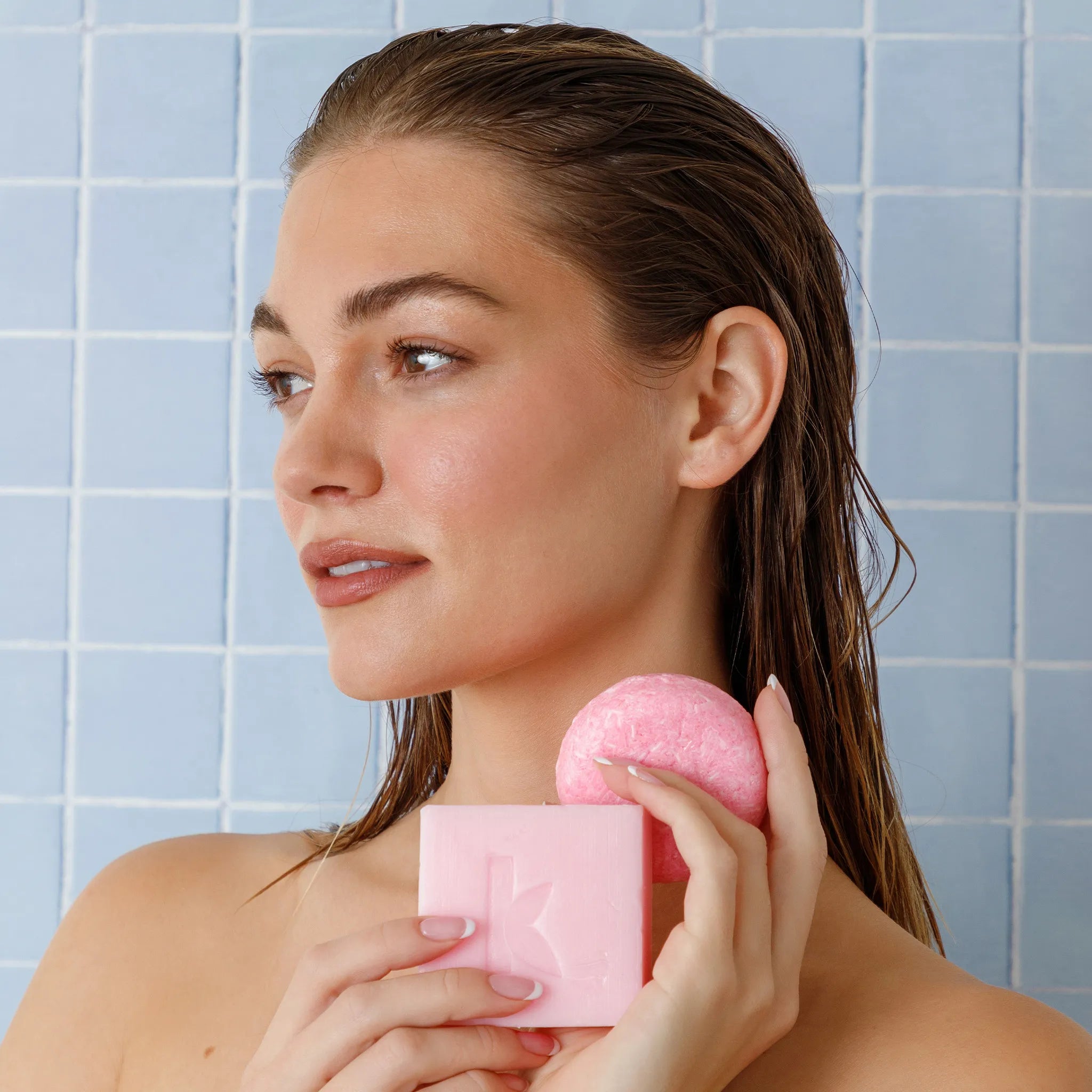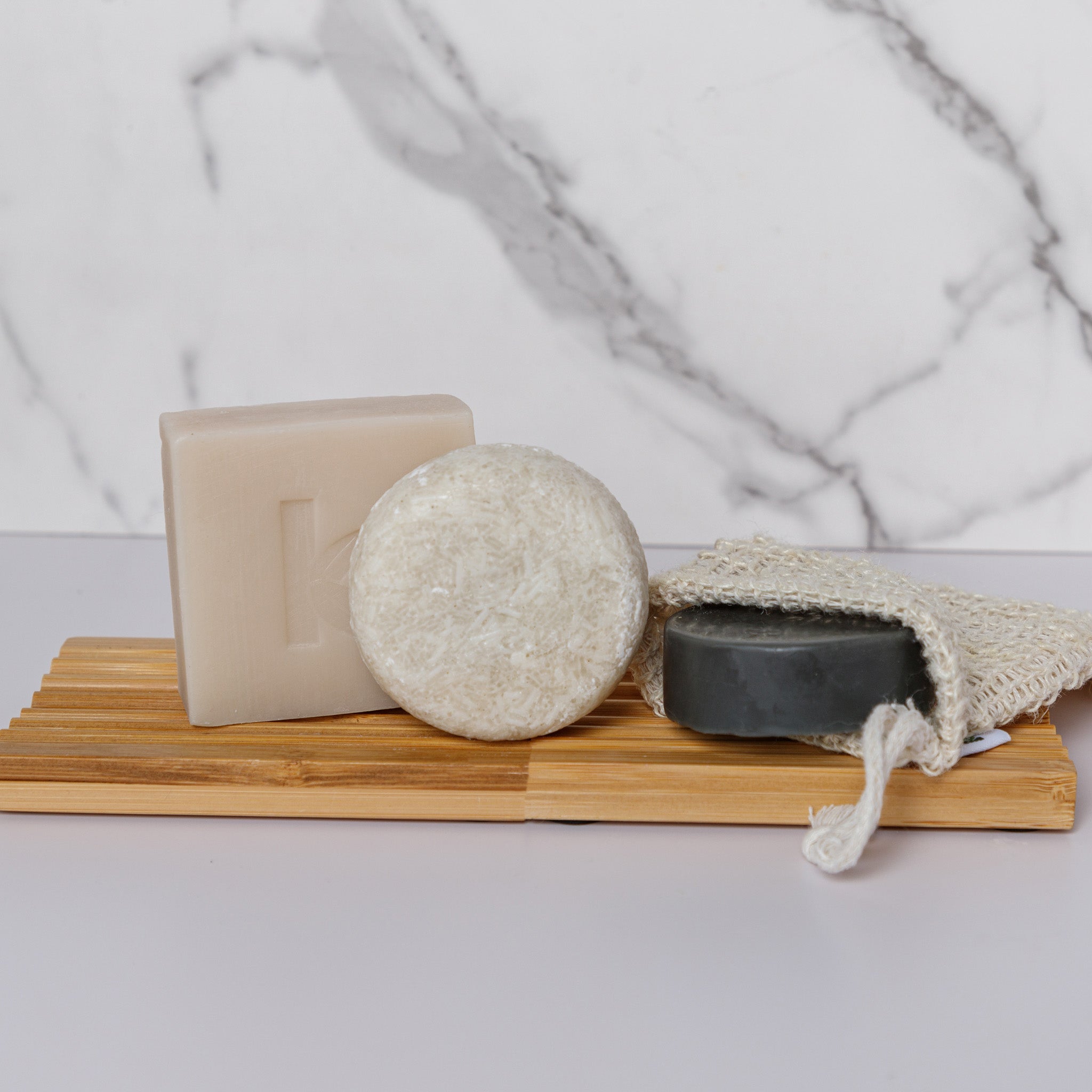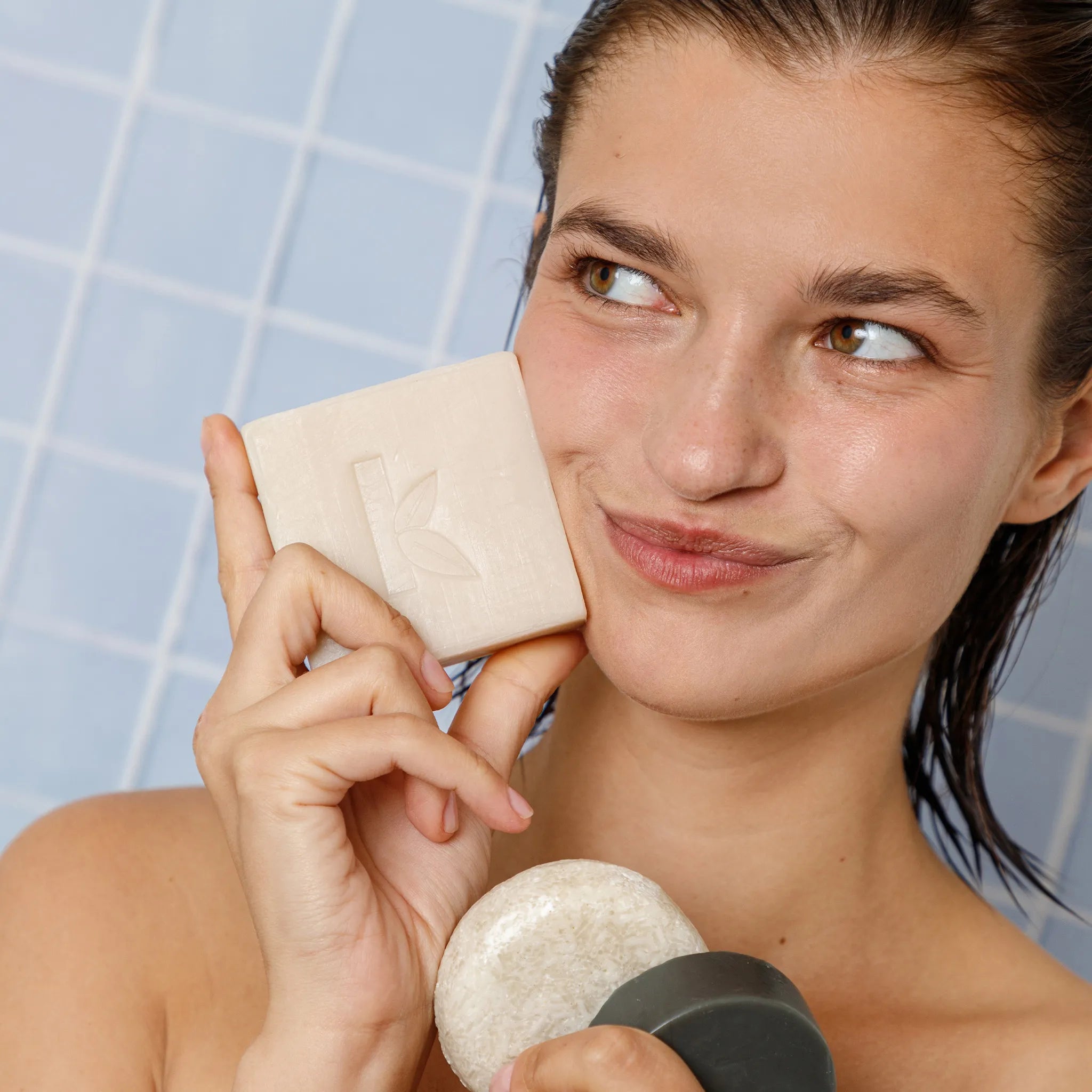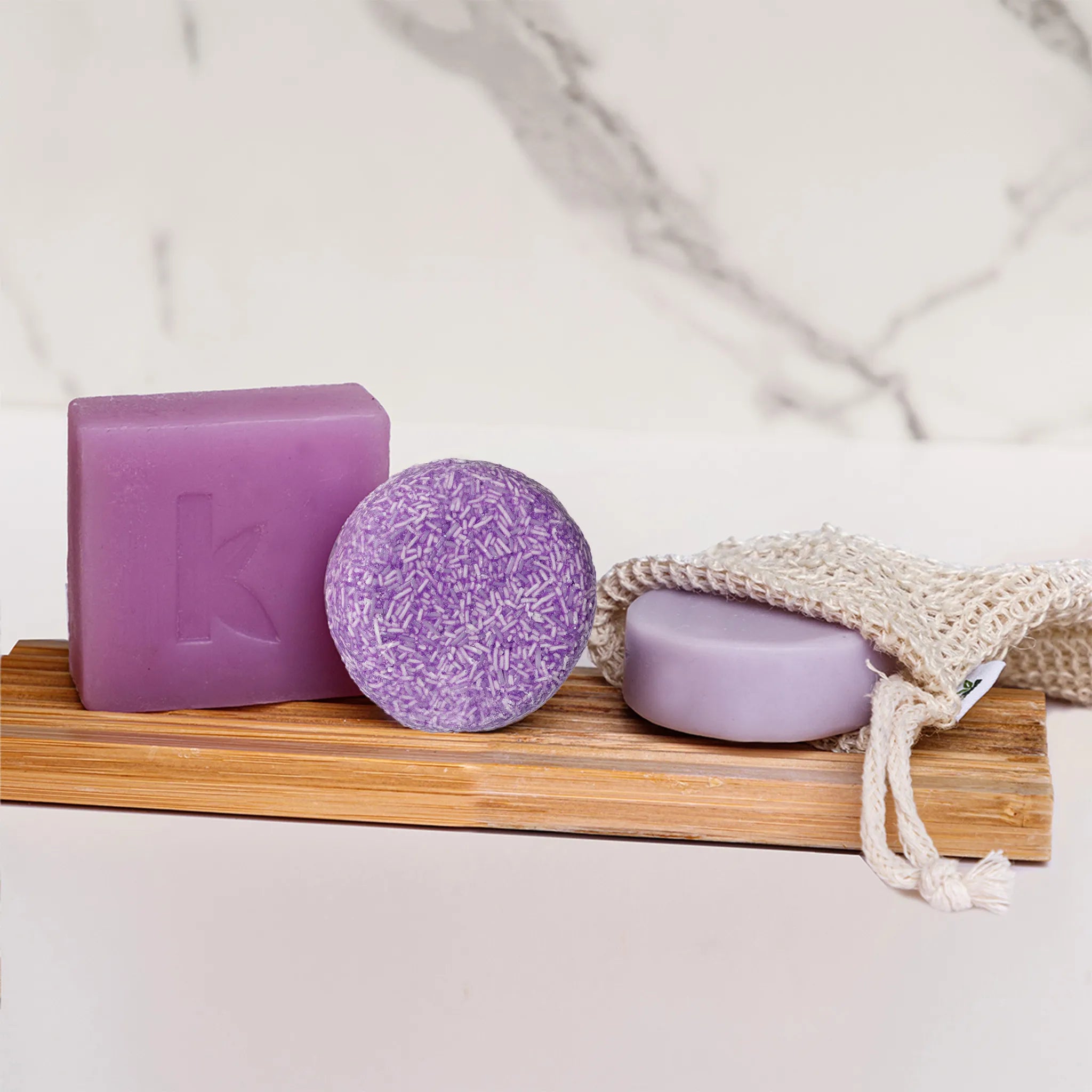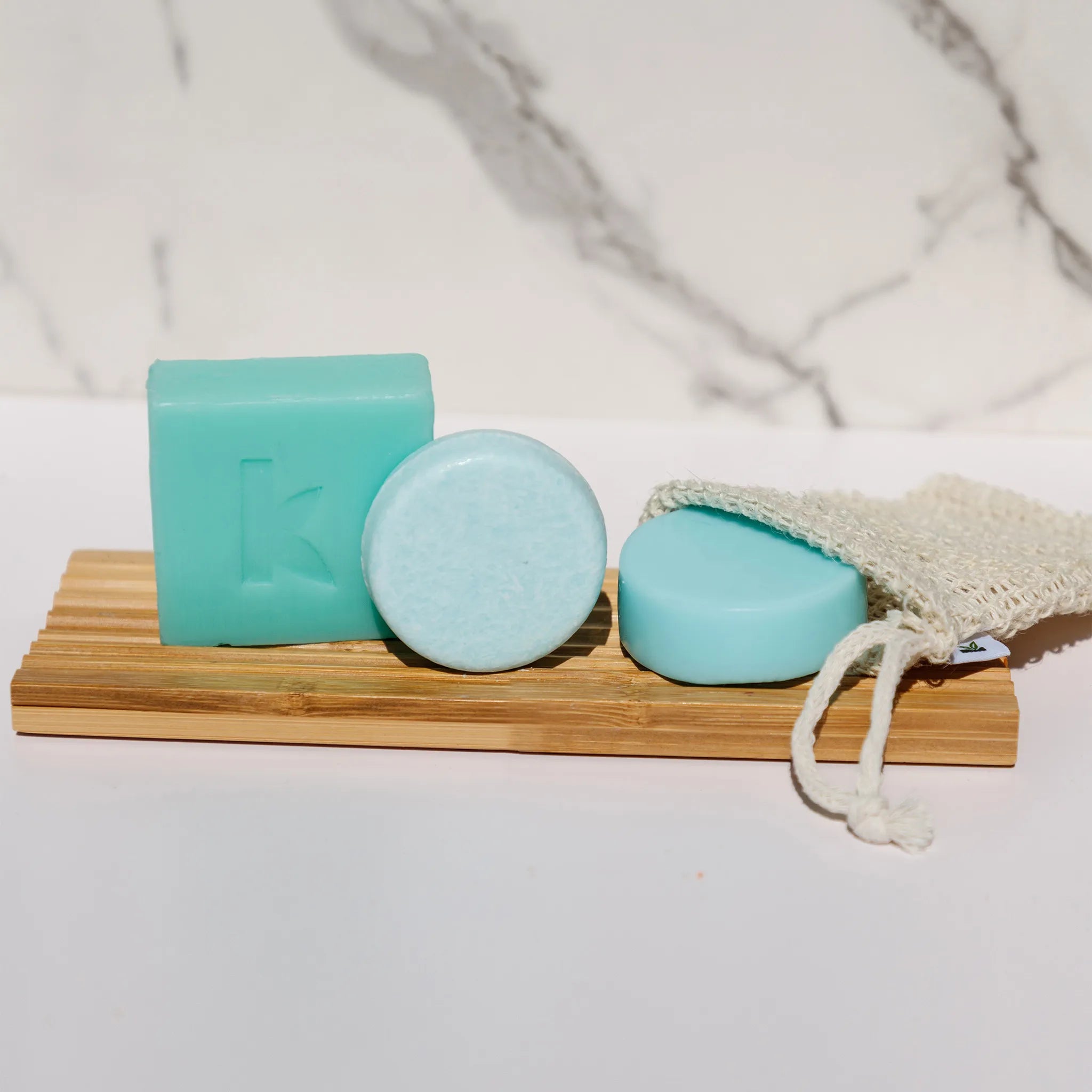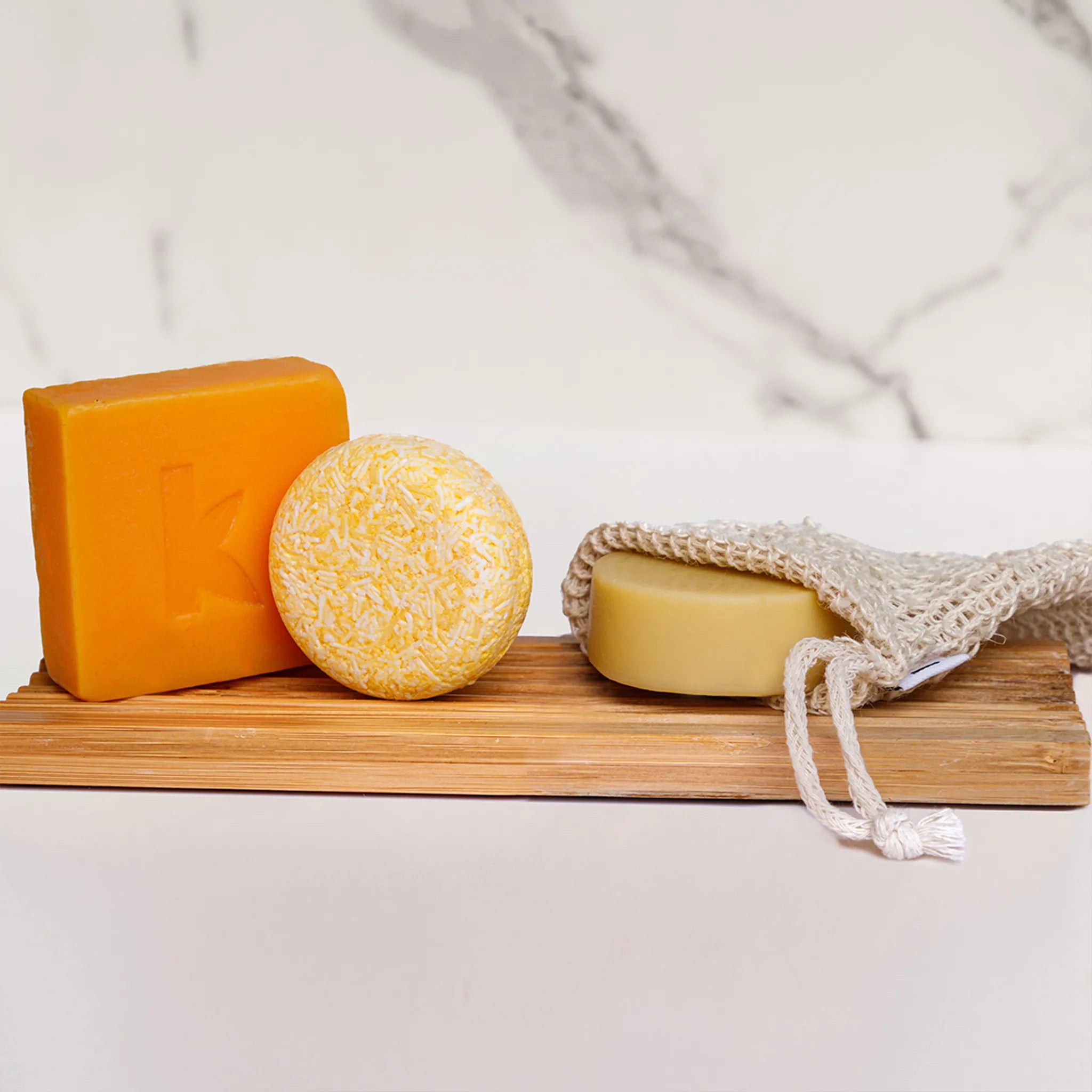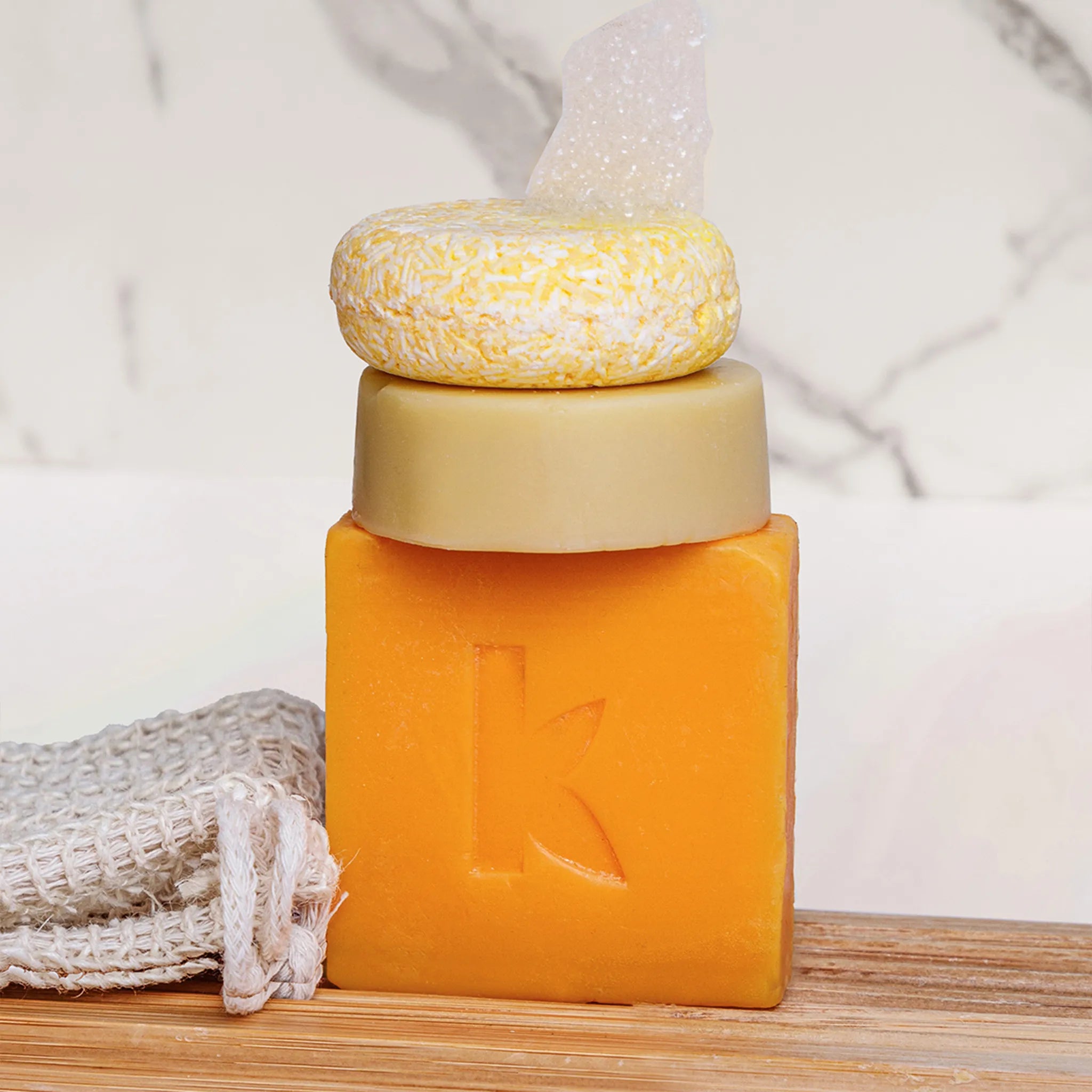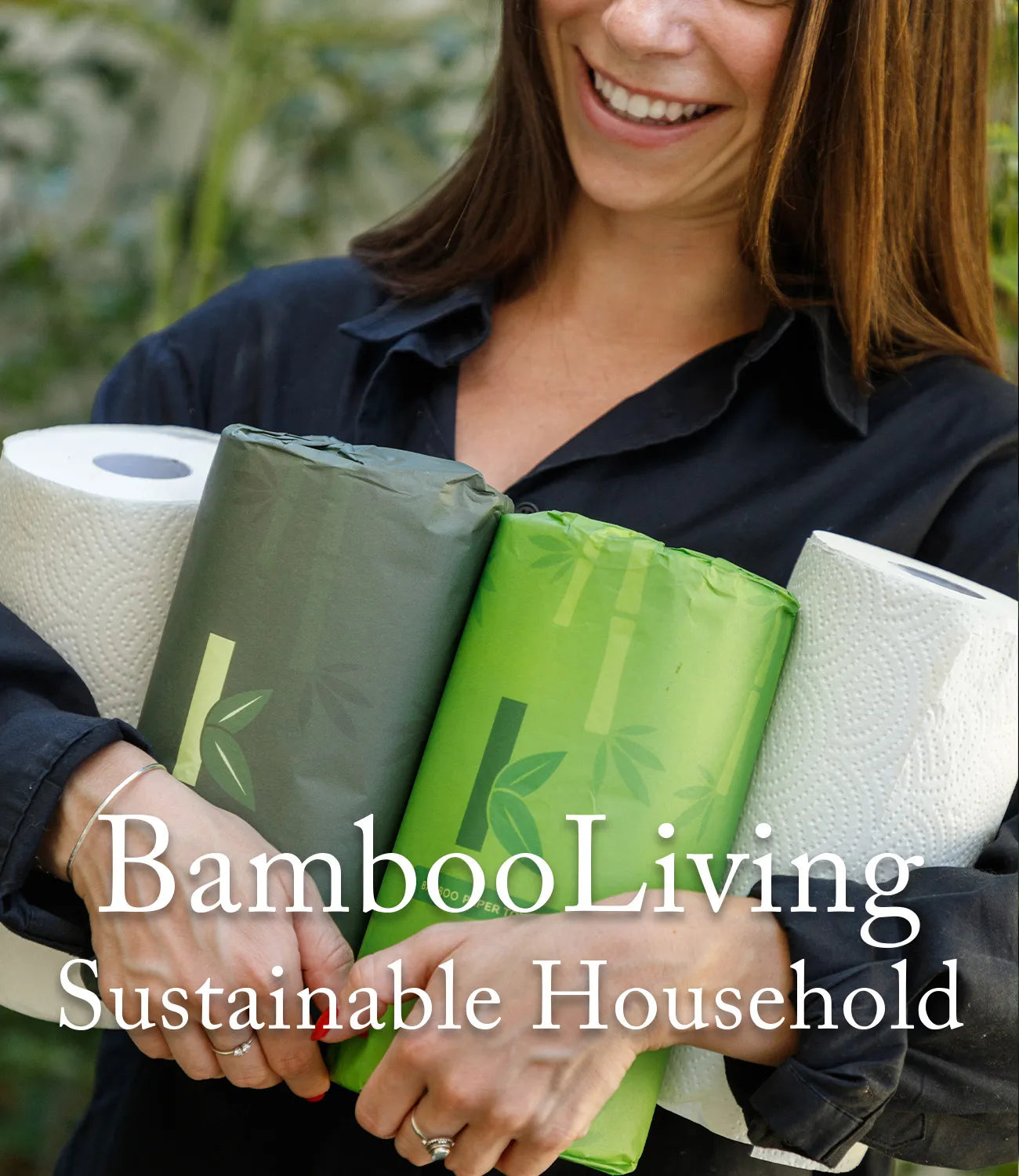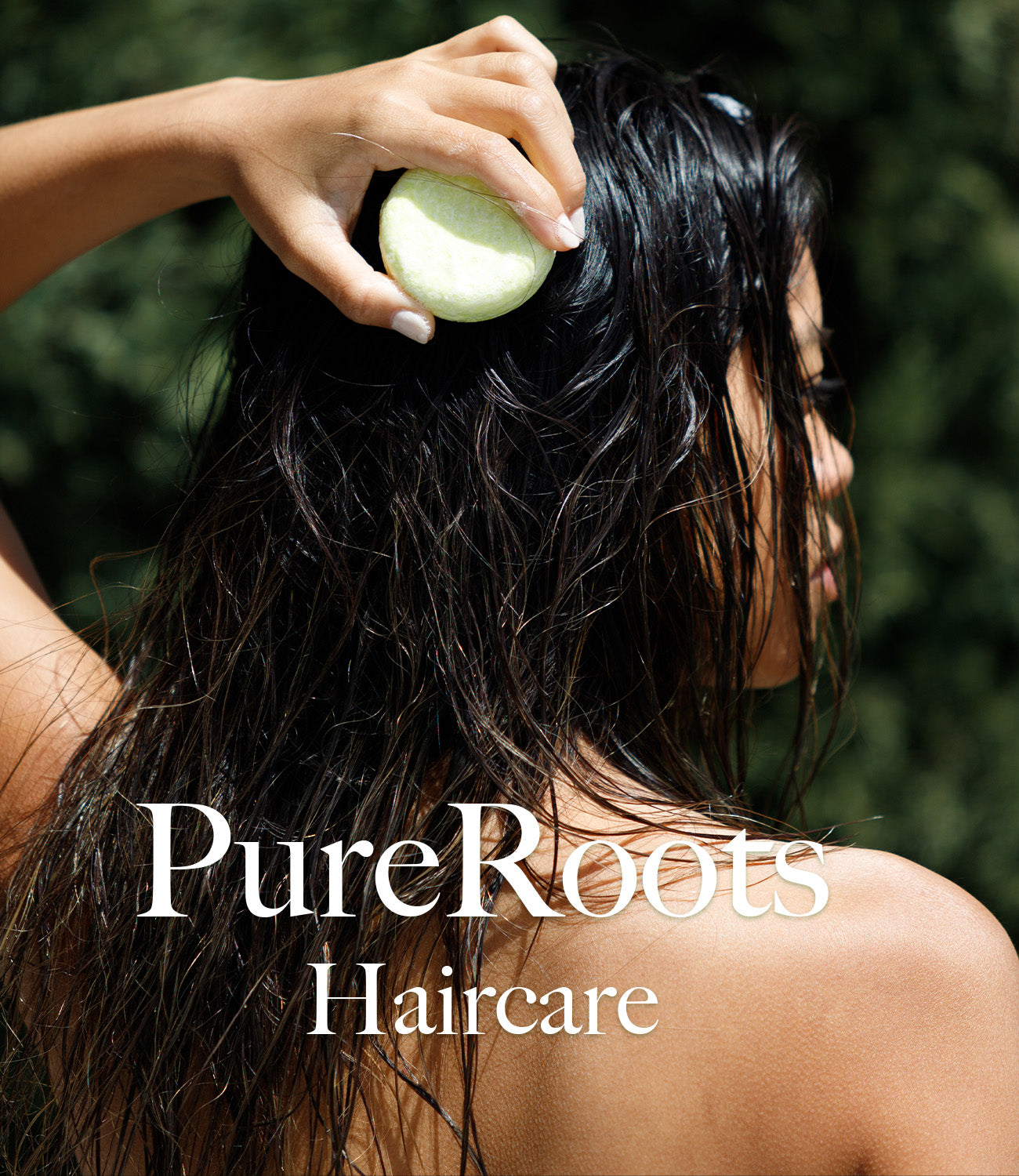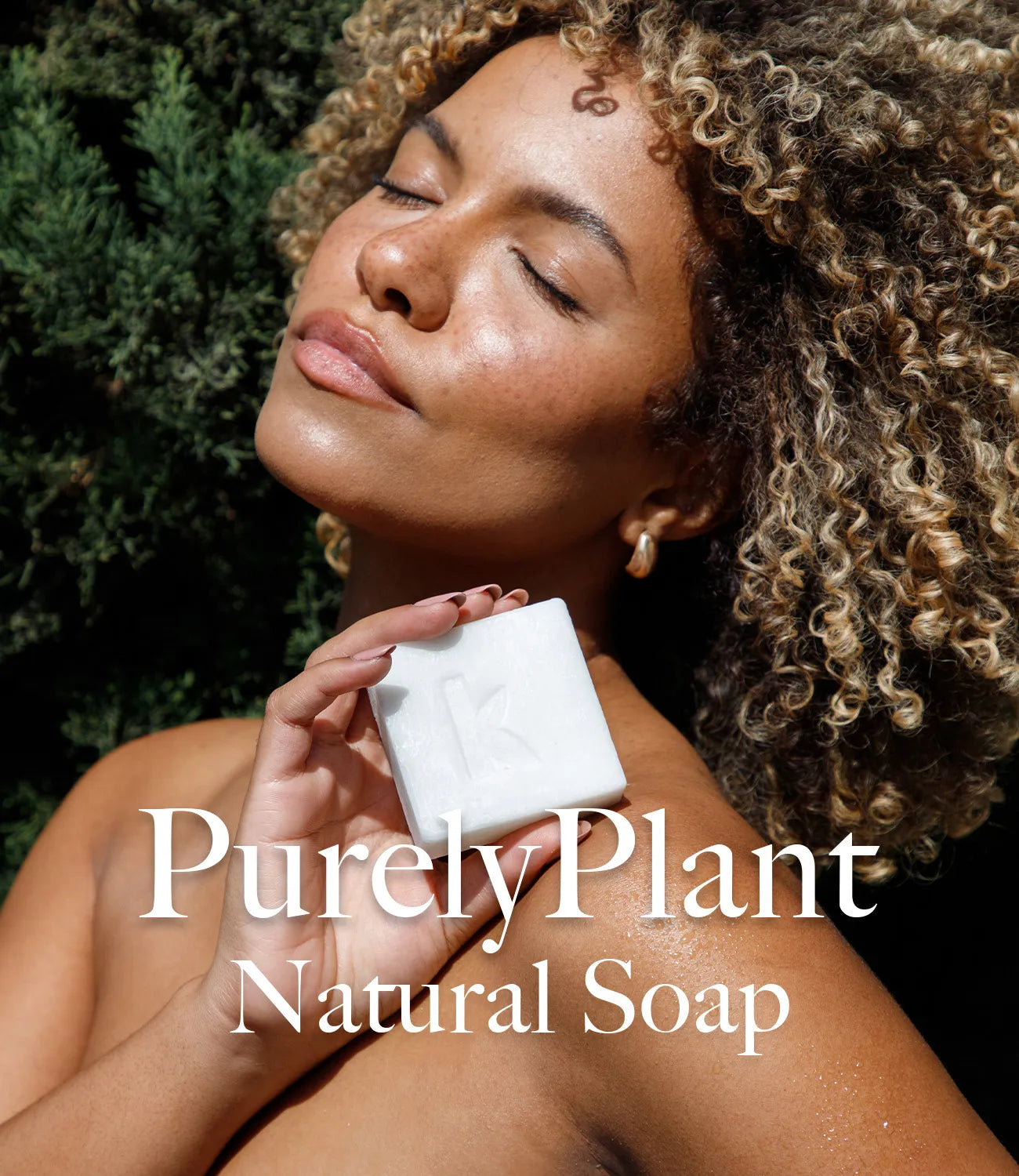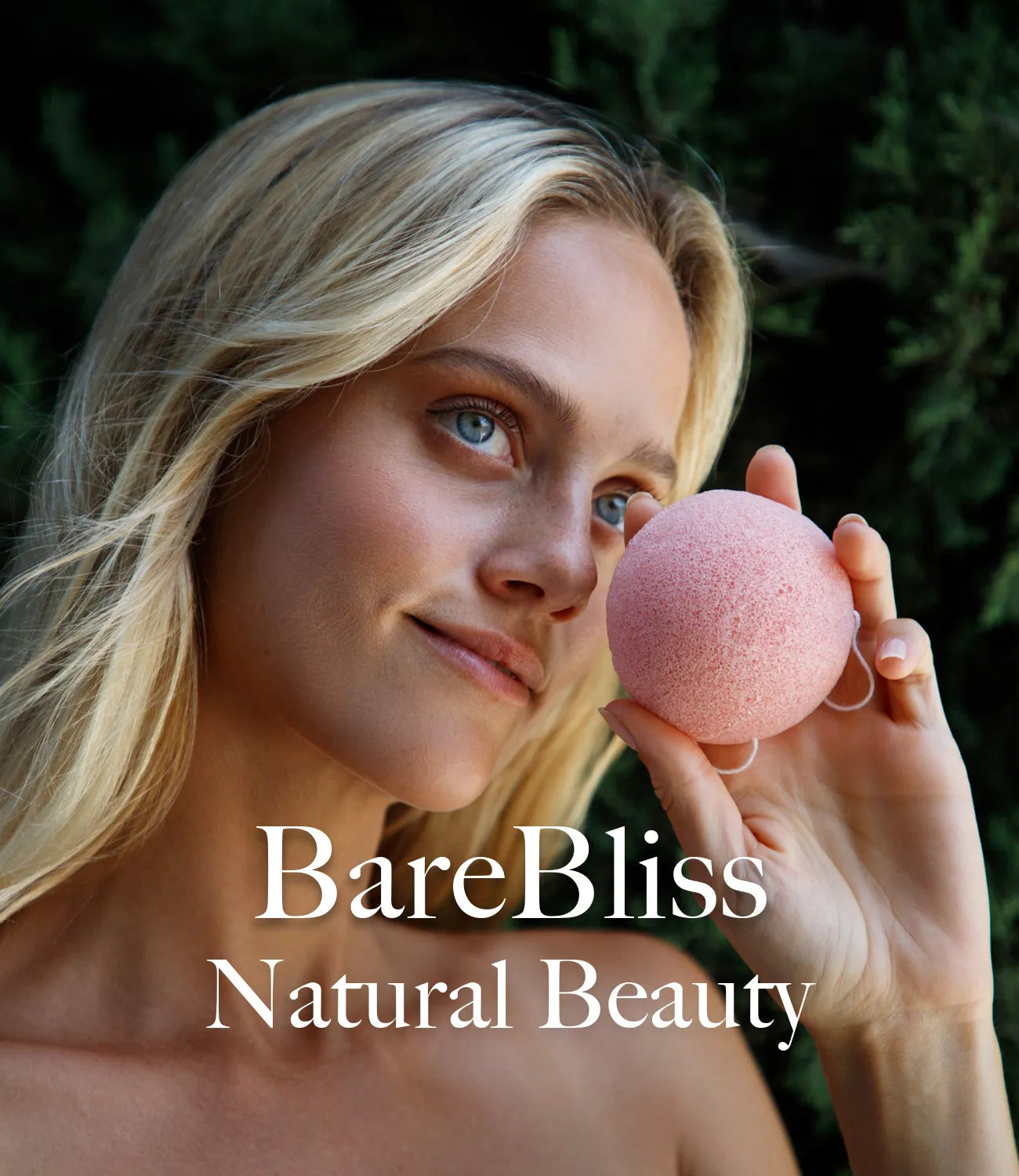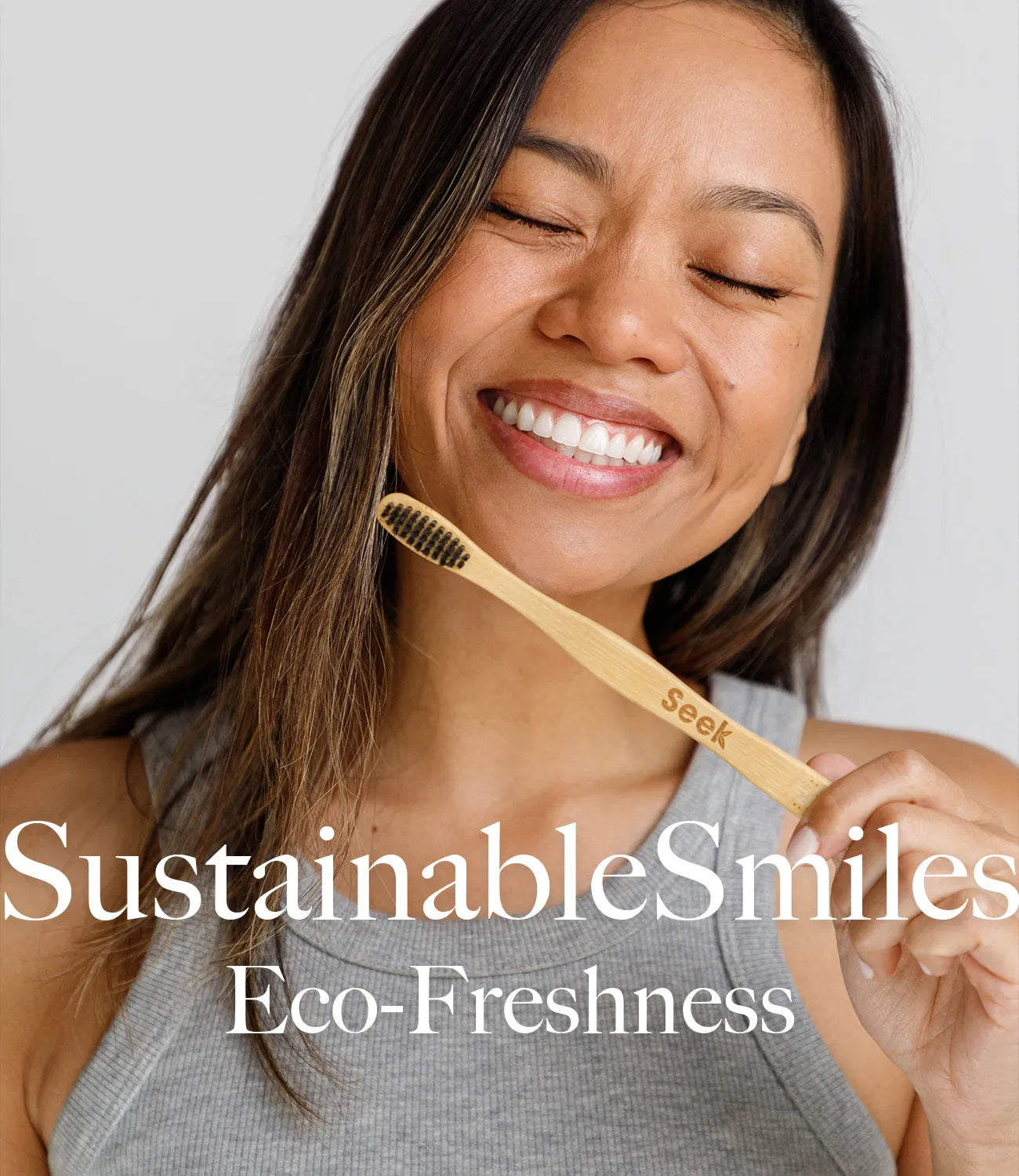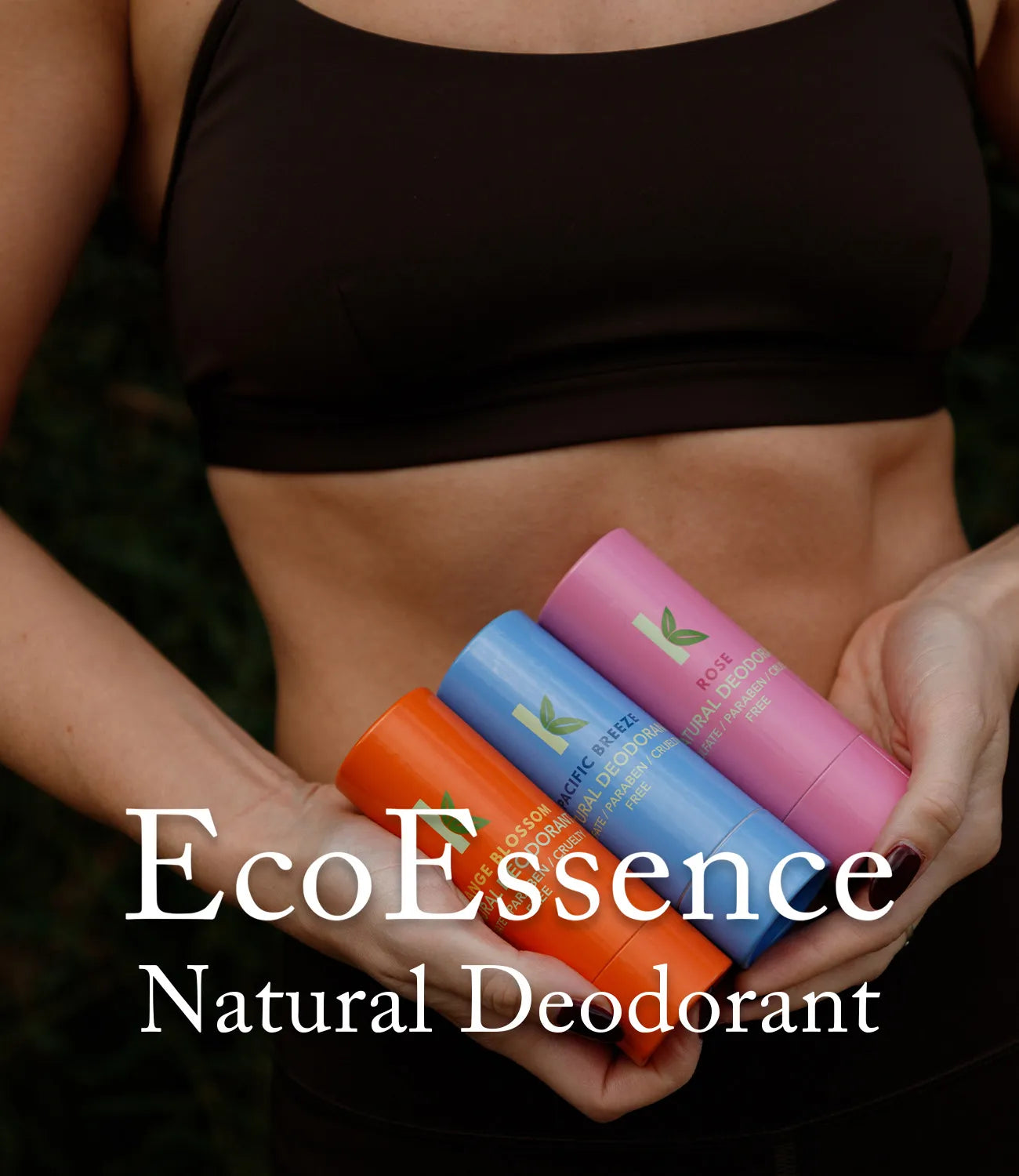Everything You Need to Know About Purple Shampoo
If you’ve ever battled brassy tones in blonde, gray, or highlighted hair, you’ve probably heard of purple shampoo. But what exactly does it do, how often should you use it, and—more importantly—can you get the same benefits from a natural alternative? In this guide, we’ll dive into everything you need to know about purple shampoo, from how it works to tips for choosing a formula that’s kind to your hair and the planet.
Whether you're new to toning shampoos or looking to make a more sustainable switch, we've got you covered. And yes—there are natural purple shampoo bars out there (like ours!) that deliver gorgeous results without sulfates, parabens, or plastic waste. Let’s break it all down.
What Does Purple Shampoo Do?
Purple shampoo is a game-changer for anyone with blonde, gray, silver, or highlighted hair. Purple shampoo is best without sulfates and parabens. But how does it work? It’s all about color theory. Purple sits opposite yellow on the color wheel, which means it neutralizes warm, brassy tones that often appear in light-colored hair over time—especially due to sun exposure, hard water, or heat styling.
When you apply purple shampoo, the violet pigments cling to the surface of your hair, counteracting yellow and orange hues. The result? A cooler, brighter, and more balanced tone that keeps your hair looking fresh between salon visits.
Unlike regular shampoos, purple shampoo isn’t necessarily about deep cleaning—it's a toning treatment. That’s why it's best used in moderation, and ideally with a nourishing formula that won’t dry out your strands. If you prefer a more eco-conscious haircare routine, look for purple shampoo bars made with natural ingredients. These provide the same brass-busting power while being gentle on your hair and the environment.
How Often Should You Use Purple Shampoo?
Use this text to share information about your brand with your customers. Describe a product, share announcements, or welcome customers to your store.
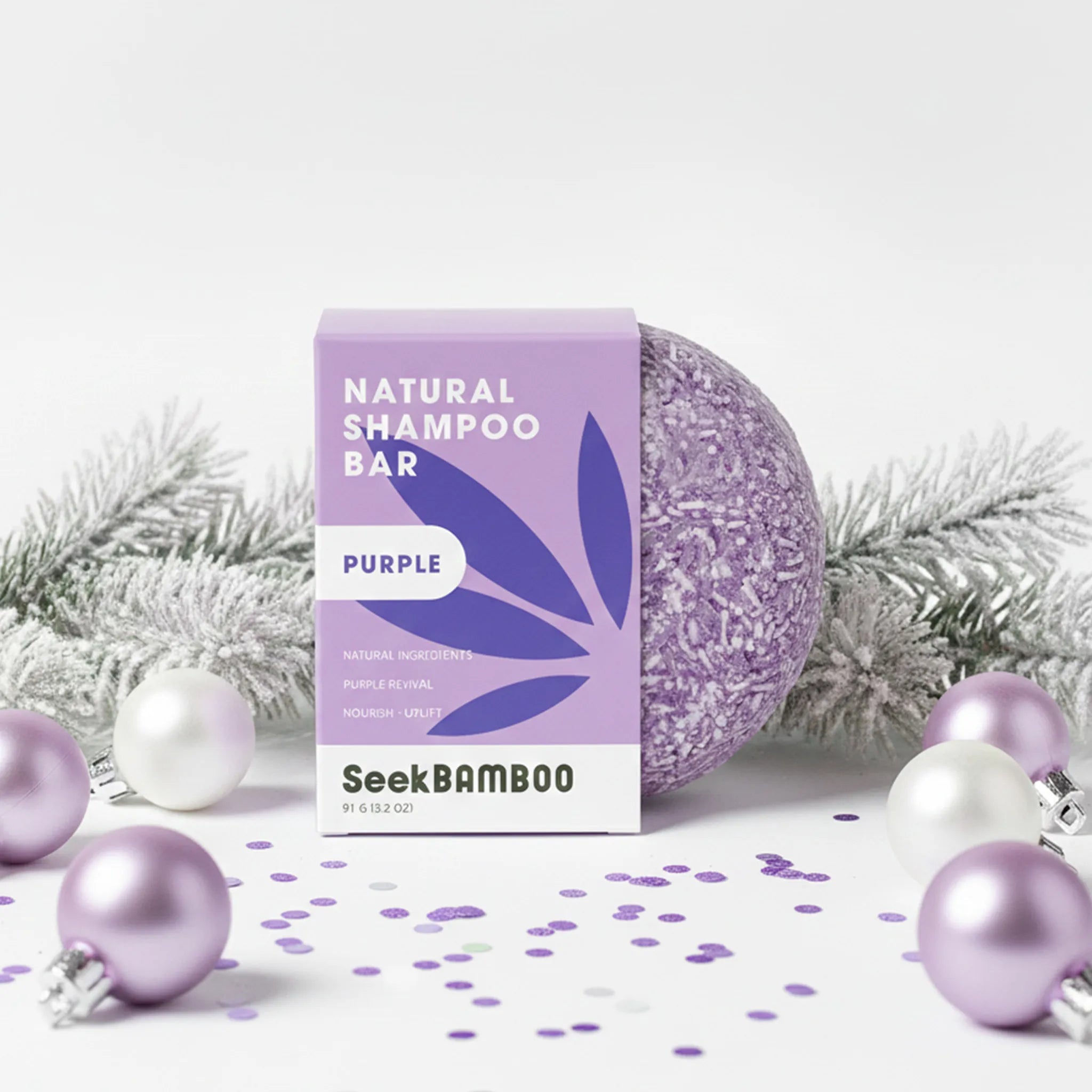
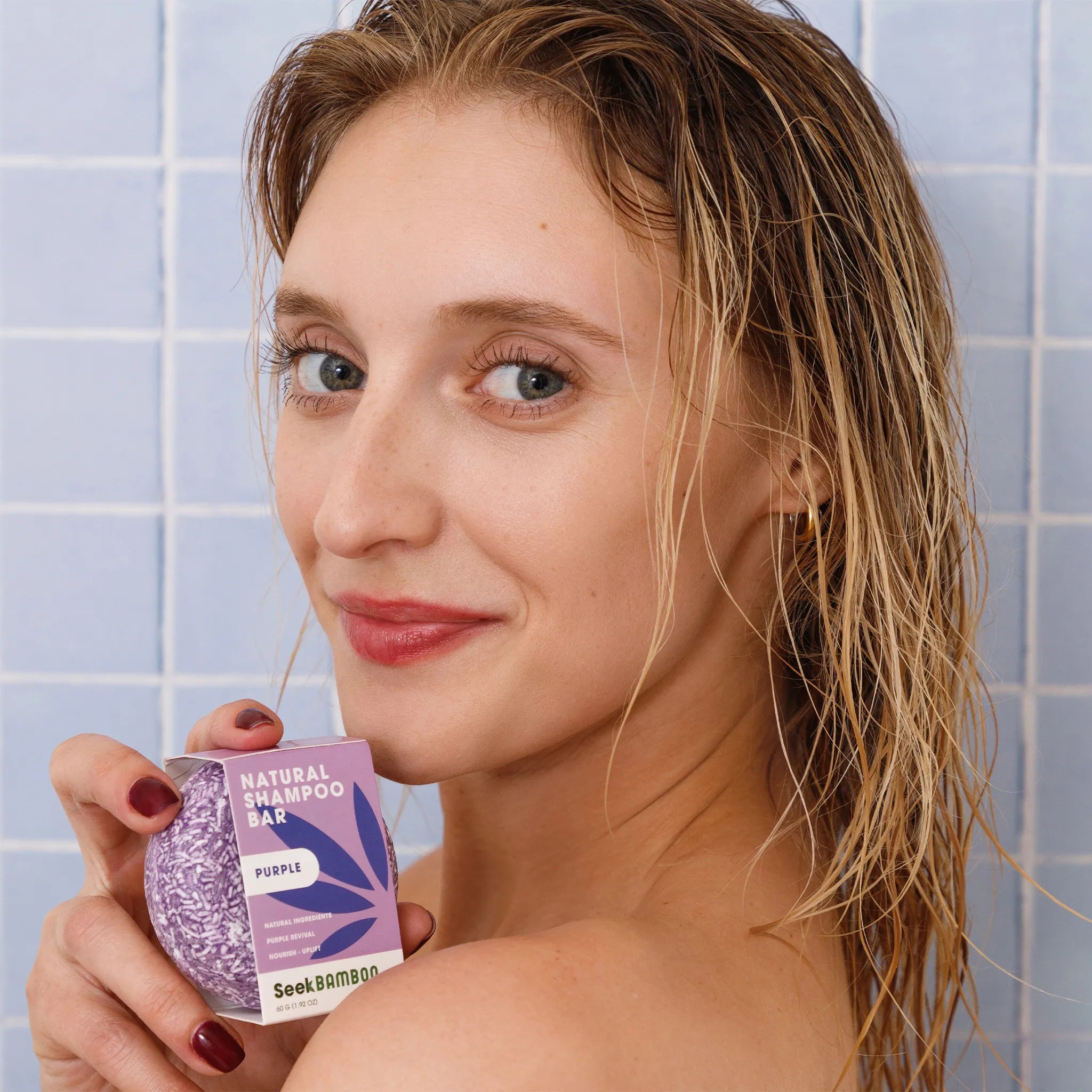
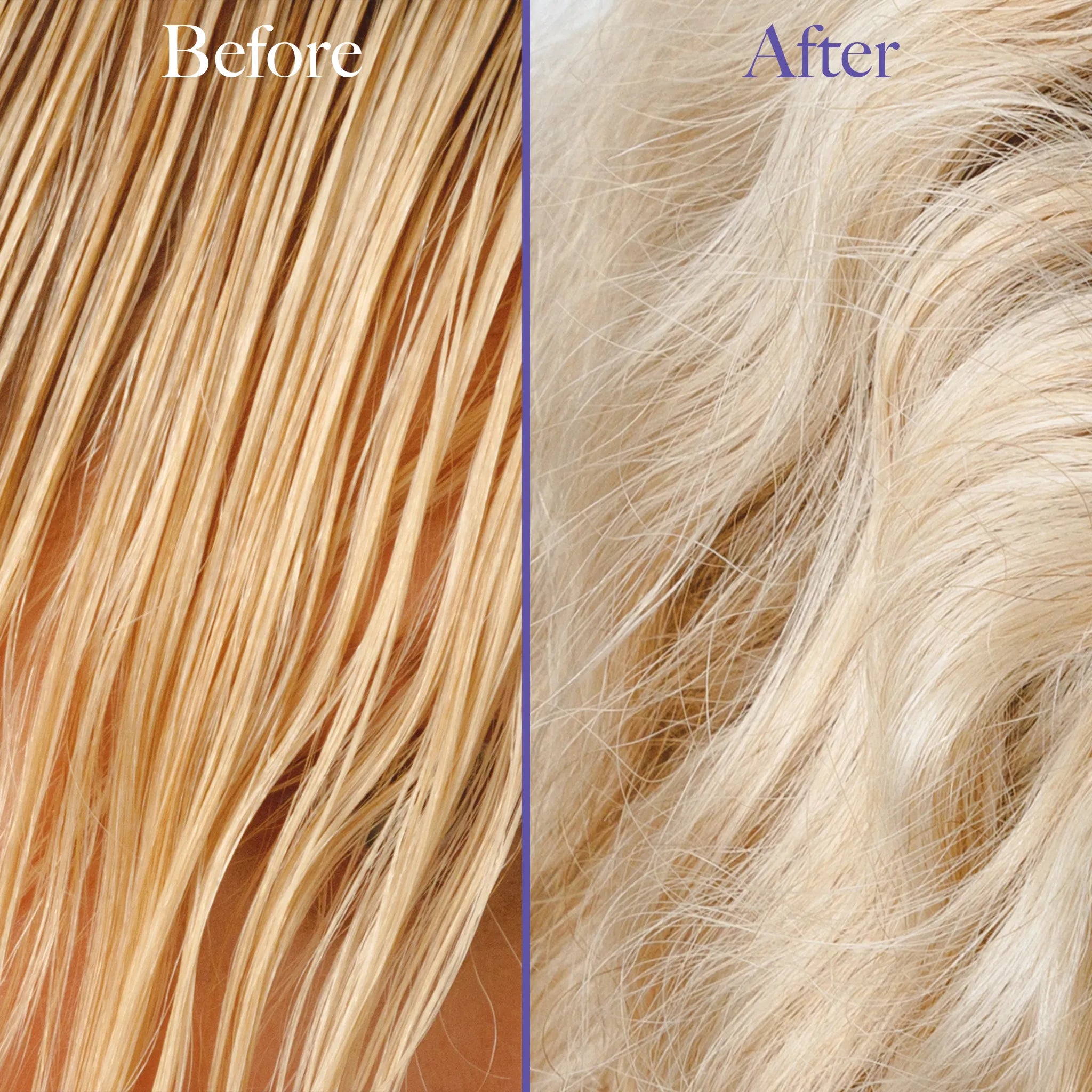
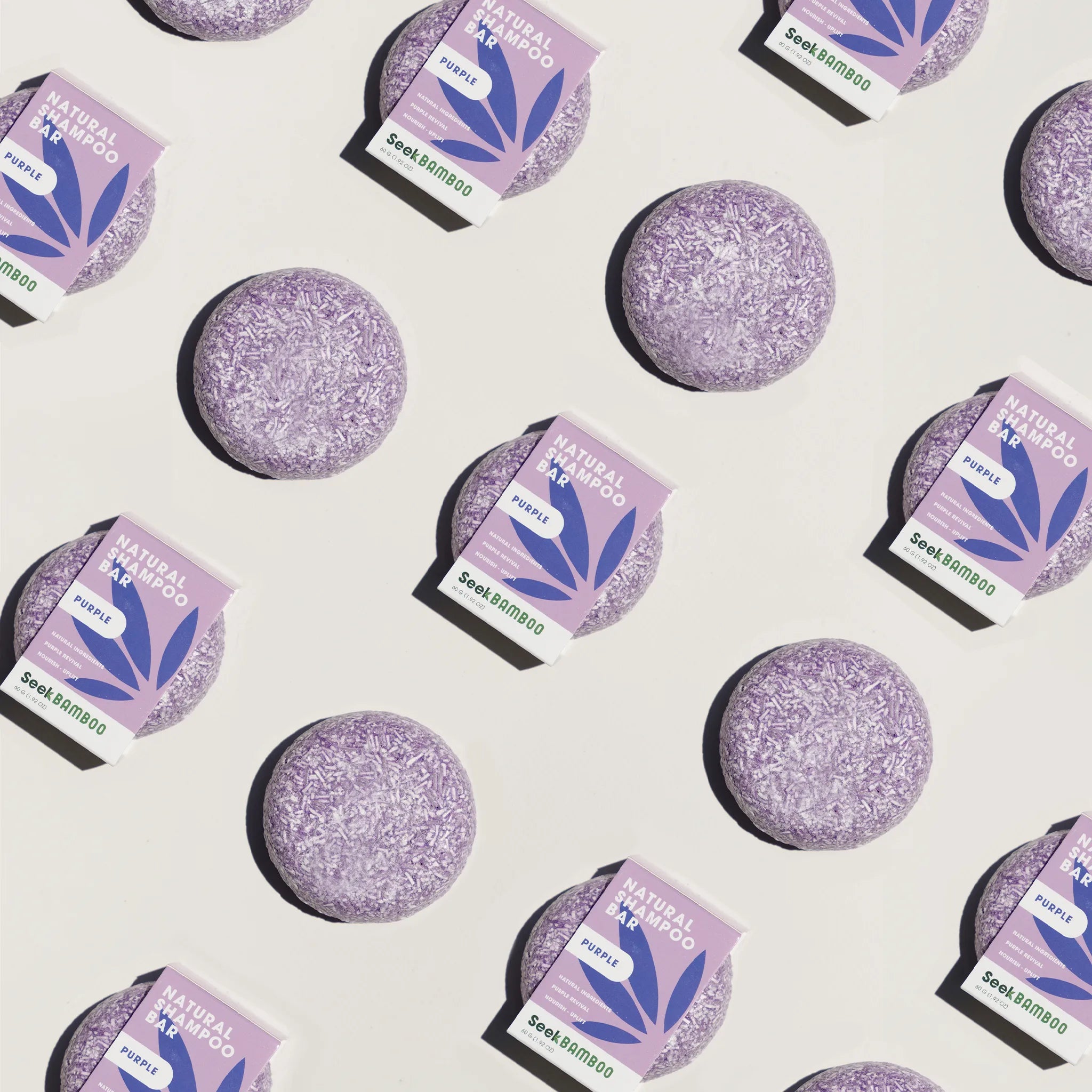
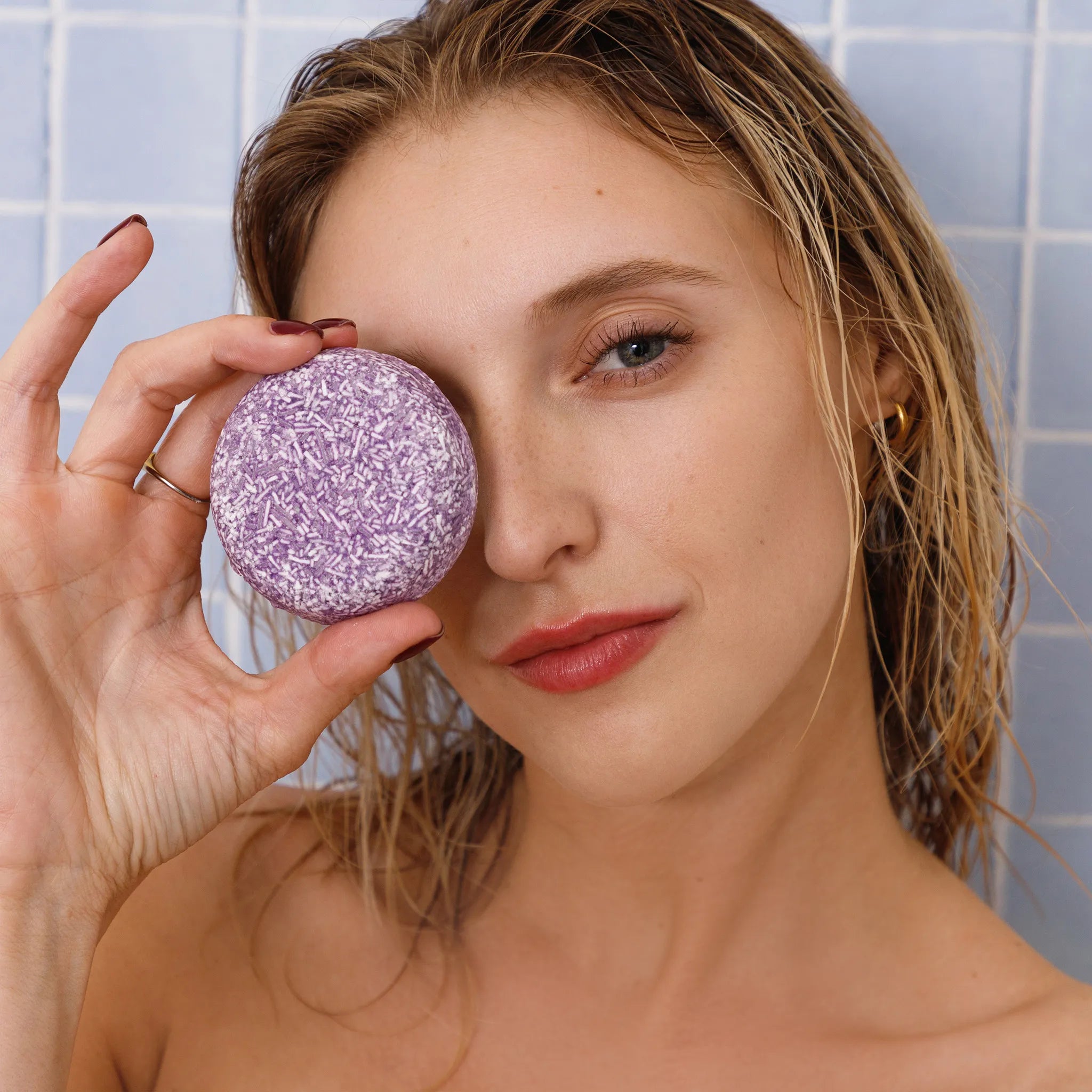
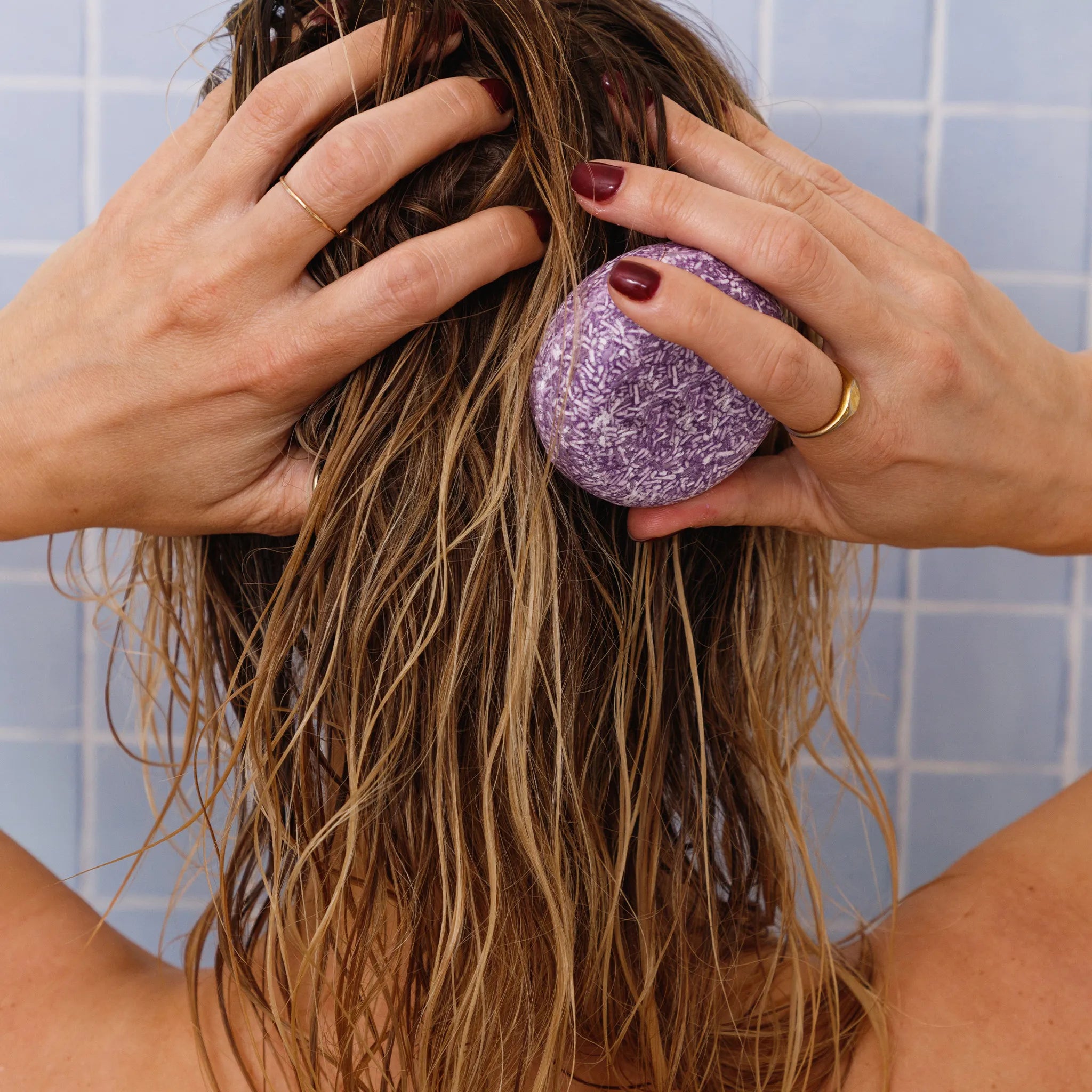
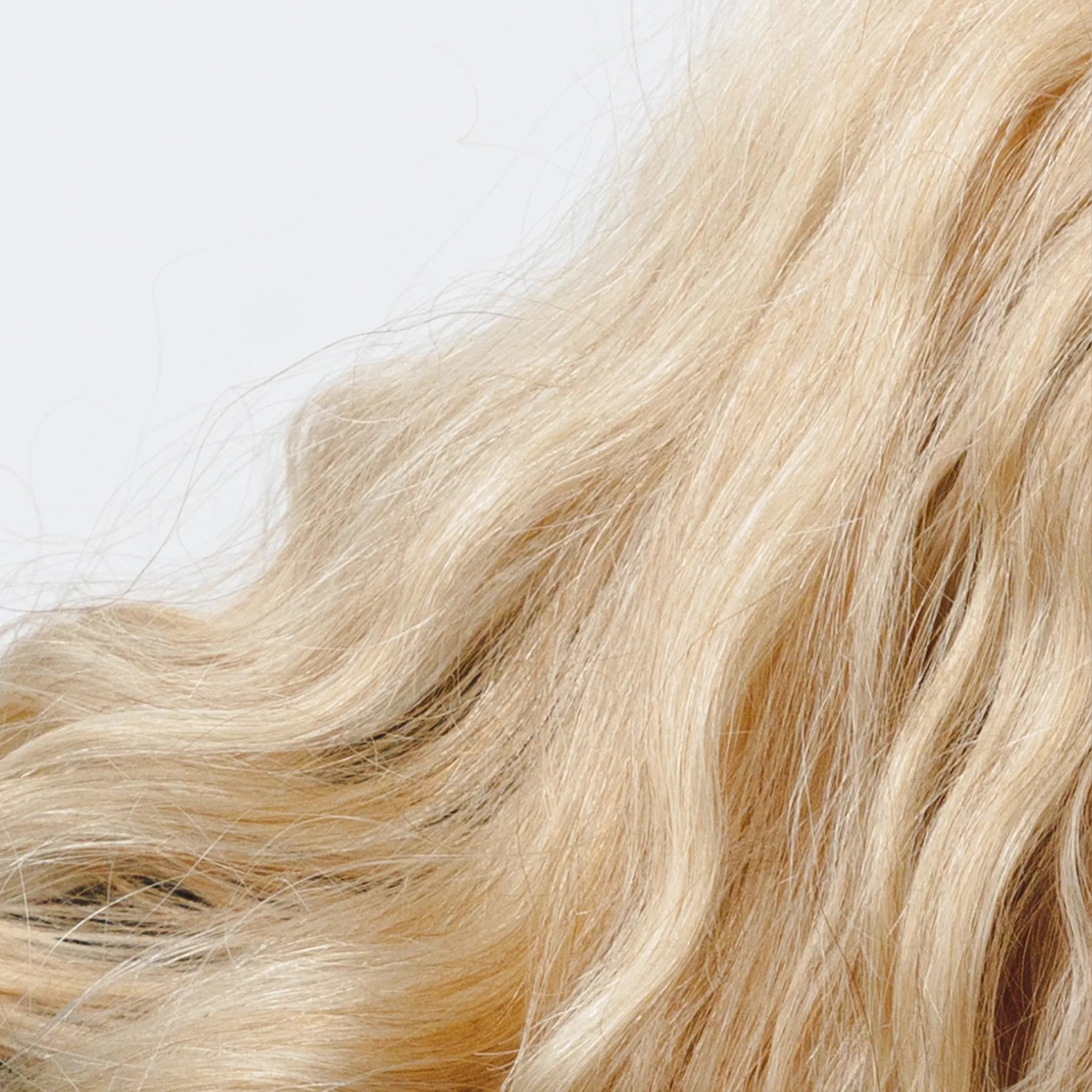
✓ Naturally toned with purple sweet potato and mica to help neutralize yellow and brassy tones—ideal for blonde, silver, and highlighted hair
✓ Soothing blend of lavender and chamomile essential oils calms the scalp and leaves hair lightly scented and refreshed
✓ Ultra-nourishing cocoa butter, shea butter, and castor oil hydrate strands and promote softness without buildup
✓ Aloe vera and marshmallow root extract support scalp health and detangling, helping hair feel smooth and manageable
✓ Solid, plastic-free bar made with gentle, plant-derived surfactants—no sulfates, silicones, parabens, or synthetic dyes
How to Use Purple Shampoo
Using purple shampoo the right way makes all the difference when it comes to toning your hair without overdoing it. Whether you’re using a liquid formula or a natural purple shampoo bar, the steps are simple—but timing and technique matter.
Step 1: Start with Wet Hair
Thoroughly wet your hair with warm (not hot) water. Warm water helps open up the hair cuticle so it can better absorb the toning pigments.
Step 2: Lather and Apply Evenly
If you're using a purple shampoo bar, rub it between your hands to create a rich lather, or gently glide the bar directly over your scalp and strands. For liquid shampoo, squeeze a small amount into your palm. Apply the lather evenly, focusing on the areas where brassiness is most visible—usually mid-length to ends for color-treated hair.
Step 3: Let It Sit
Leave the purple shampoo on your hair for 1 to 5 minutes, depending on how much toning you need. The lighter or more porous your hair, the quicker it absorbs pigment—so start with less time if you're new to it. Leaving it on too long can lead to a slight purple or grayish tint.
Step 4: Rinse Thoroughly
Rinse out the shampoo completely using cool or lukewarm water. This helps seal the cuticle and lock in the cool tones.
Step 5: Follow with Conditioner
Since purple shampoo can be a bit drying, follow up with a hydrating conditioner or conditioner bar, especially one made with natural oils or butters. This helps restore moisture and softness.
How Often Should You Use Purple Shampoo?
Purple shampoo is powerful—but more isn't always better. Overusing it can leave your hair looking dull or even slightly purple-toned. For most people, using purple shampoo once or twice a week is just right.
If you’re noticing strong yellow or brassy tones, you can use it twice a week until your desired tone is achieved. After that, scale back to once a week or as needed for maintenance. If your hair is very light, porous, or gray, start slowly—just 1 minute of contact time may be enough.
Remember, purple shampoo is a toner, not a daily cleanser. Use a gentle, sulfate-free shampoo (like a natural shampoo bar) on non-toning days to maintain overall hair health and moisture.
Purple Shampoo on Brown Hair
If you’re a brunette, you might be wondering—what will purple shampoo do to brown hair? While purple shampoo is most commonly used by blondes and silver-haired individuals, it can still offer benefits for certain types of brown hair—especially those with highlights or balayage.
Purple shampoo neutralizes yellow tones, so if your brown hair has lightened sections that tend to get brassy, purple shampoo can help cool them down and restore a more balanced, salon-fresh look. Think ash-brown, caramel highlights, or ombré styles—these are all prime candidates for purple shampoo.
However, if your hair is solid dark brown with no lightened areas, purple shampoo won’t do much. The violet pigments won’t be visible or effective on darker shades that don’t reflect warm tones. In this case, a blue shampoo—which targets orange tones—might be more appropriate.
For brunettes with dyed or naturally light brown hair looking to reduce unwanted brassiness, using a natural purple shampoo bar once a week can be a gentle, eco-friendly way to maintain a cooler tone without harsh chemicals.
Purple Shampoo on Highlights
Highlights are beautiful—but over time, they can start to turn brassy or yellow, especially with exposure to sun, heat, or hard water. That’s where purple shampoo comes in. It’s a toning essential for maintaining the brightness and balance of your highlighted hair.
Whether you have subtle babylights, bold streaks, or balayage, purple shampoo helps to neutralize the yellow and golden tones that creep in between salon visits. The violet pigments in purple shampoo cancel out these warm tones, restoring a cooler, more vibrant appearance to your highlights.
Here’s how to use it effectively on highlighted hair:
- Focus the lather on the highlighted portions of your hair—these are the areas most prone to brassiness.
- Let the purple shampoo sit for 1–3 minutes to tone without over-depositing color. If your highlights are very light or porous, start with a shorter contact time.
- Once or twice a week is typically enough to keep your highlights fresh and bright. Overuse can make your hair look dull or ashy.
Choosing a natural purple shampoo bar is a gentle and eco-conscious way to care for your highlights. Look for bars with clean, sulfate-free formulas that protect your color while nourishing your strands with plant-based oils and butters.
How Purple Shampoo Balances the Color in Your Hair
Ever wonder how a shampoo can actually balance your hair color? The secret lies in simple color theory—and purple shampoo uses it to your advantage.
Purple shampoo balances the color in your hair by neutralizing unwanted warm tones, especially yellow and brassy hues that often develop in blonde, silver, platinum, or highlighted hair. On the color wheel, purple is directly opposite yellow, which means the cool violet pigments in the shampoo cancel out those warm, golden shades, restoring a more natural, cooler tone to your hair.
Here’s how the balancing effect works:
- As dyed or lightened hair fades, it can start to show yellow or orange undertones. Purple shampoo helps tone down those shades, bringing your color back to a fresh, salon-quality look.
- For icy blondes, ash tones, or silver-gray hair, purple shampoo keeps your hue crisp and cool—not dull or yellowed.
- When your hair color is balanced, it reflects light more evenly, giving you a healthier, shinier look.
For best results, choose a natural purple shampoo bar made with gentle ingredients that nourish while toning. Not only will it help maintain beautiful, balanced hair color, but it also aligns with a low-waste, eco-friendly lifestyle.
Purple Shampoo Is Sulfate-Free: Why That Matters
Not all purple shampoos are created equal. While many conventional formulas may include harsh sulfates for extra foaming power, sulfate-free purple shampoos offer a much gentler, hair-friendly alternative—especially for those with color-treated, dry, or sensitive scalps.
Why Go Sulfate-Free?
Sulfates (like SLS and SLES) are common cleansing agents used in many shampoos to create lather. But for color-treated or bleached hair, sulfates can strip away not just dirt and oil—but also the color you’re trying to preserve. This can lead to:
Faster fading of your salon color
Increased dryness and frizz
Irritation for sensitive scalps
- That’s why sulfate-free purple shampoo has become the go-to choice for people looking to maintain bright, brassy-free blonde, silver, or highlighted hair—without damaging it in the process.
The Natural Purple Shampoo Bar Advantage
A sulfate-free purple shampoo bar offers the best of both worlds: effective brass-neutralizing pigment and a gentle cleanse, all without harsh detergents or plastic packaging. Natural bars typically rely on botanical cleansers like coconut-based surfactants, along with plant oils and butters that moisturize while cleansing.
So not only are you protecting your hair color, you're also giving your scalp and the planet a break from unnecessary chemicals.
Is Purple Shampoo a Toner?
Yes—purple shampoo is a type of toner, but it works a little differently than traditional salon toners.
Toners are products used to adjust the tone of the hair, usually after bleaching or coloring, to get rid of unwanted hues like yellow or brassiness. Traditional toners are often applied by professionals in a salon and can contain stronger ingredients for more dramatic results.
Purple shampoo, on the other hand, is a gentler, at-home toning solution. It contains violet pigments that sit on the surface of your hair and help cancel out yellow or brassy tones over time. It doesn’t permanently change your hair color, but with regular use, it helps maintain a cooler, more balanced tone—especially in blonde, silver, gray, or highlighted hair.
The best part? When you use a natural purple shampoo bar, you're toning your hair without the harsh chemicals found in many traditional toners—making it a healthier choice for your hair and the planet.
Do You Use Purple Shampoo Before or After Regular Shampoo?
In most cases, purple shampoo replaces your regular shampoo on the days you tone. There’s no need to double-wash unless your hair has heavy product buildup or oil.
However, here are a few scenarios to guide you:
✅ If You Use Styling Products or Have Oily Hair:
Start with your regular shampoo to remove dirt and buildup, then follow with purple shampoo to allow the violet pigments to penetrate clean hair more effectively.
✅ If Your Hair Is Dry or Lightly Soiled:
You can use purple shampoo on its own—especially if you're using a nourishing, sulfate-free formula like a natural purple shampoo bar. It gently cleanses while toning, so you get two benefits in one step.
✅ Want a Stronger Toning Effect?
Apply purple shampoo first, and leave it on for a few minutes before rinsing. You can then follow with a regular moisturizing conditioner or a natural conditioner bar to restore hydration.
Pro Tip: Always follow purple shampoo (whether used alone or after a regular shampoo) with a conditioner to lock in moisture and keep your hair soft and healthy.
How to Get Purple Shampoo Out of Hair
Sometimes purple shampoo does its job a little too well—leaving behind a faint purple, bluish, or grayish tint, especially on porous or very light hair. If you’ve accidentally over-toned your hair or it looks a bit too ashy, don’t panic! Here’s how to get purple shampoo out of your hair and restore your color balance:
1. Wash With a Clarifying Shampoo
Clarifying shampoos are designed to remove buildup—including excess pigments from toning shampoos. One or two washes with a clarifying shampoo will often remove the unwanted color cast.
Tip: If you use natural hair care, look for a sulfate-free clarifying shampoo with ingredients like apple cider vinegar or charcoal.
2. Use a Gentle Regular Shampoo
If you don’t have a clarifier on hand, just wash your hair a few times with your regular shampoo. Over time, the purple pigment will fade naturally.
3. Deep Condition Afterwards
Clarifying or multiple washes can dry your hair, so follow up with a deep conditioner or a nourishing conditioner bar to restore softness and moisture.
4. DIY Baking Soda Rinse (Optional)
If the stain is stubborn, you can mix a small amount of baking soda with your shampoo and gently lather through your hair. Be cautious—this can be drying, so don’t overdo it and always condition well after.
5. Let It Fade
The purple tint is temporary. If it's light, it will usually wash out within a few days or shampoo sessions on its own.
How to Avoid Purple Stains Next Time:
- Don’t leave purple shampoo on too long—1–3 minutes is often enough.
- Avoid using it too frequently—once or twice a week is plenty.
- Use a natural purple shampoo bar with gentle, plant-based pigments that tone without over-depositing color.
Best Purple Shampoo: Why Seek Bamboo Stands Out
When it comes to choosing the best purple shampoo, there’s only one name you need to know: Seek Bamboo.
Unlike traditional purple shampoos that rely on synthetic dyes, harsh sulfates, and plastic packaging, Seek Bamboo’s natural purple shampoo bar offers a refreshing, eco-conscious alternative that’s as gentle on your hair as it is on the planet.
Here’s why Seek Bamboo’s purple shampoo is the best choice for brightening and toning your blonde, silver, or highlighted hair:
1. Naturally Tones Without Chemicals
Seek Bamboo uses plant-based violet pigments to gently neutralize yellow and brassy tones—without synthetic dyes or parabens. You get all the benefits of toning, minus the harsh ingredients.
2. Sulfate-Free & Safe for Sensitive Scalps
This purple shampoo bar is sulfate-free, vegan, and pH-balanced, making it ideal for people with dry, damaged, or sensitive hair. No itching, no fading—just soft, refreshed locks.
3. Plastic-Free & Zero Waste
Packaged with the planet in mind, Seek Bamboo’s shampoo bars are plastic-free, biodegradable, and sustainably sourced—a win for your hair and the environment.
4. Long-Lasting & Travel-Friendly
Each compact bar lasts as long as two to three bottles of liquid shampoo, making it not only cost-effective but also perfect for minimalists, travelers, and zero-waste enthusiasts.
Embrace Clean, Conscious Hair Care
Purple shampoo doesn’t have to mean harsh chemicals or wasteful packaging. With Seek Bamboo’s natural, sulfate-free purple shampoo bar, you can tone your hair while caring for your scalp and the planet. It’s the ideal choice for those who want stunning results without compromising their eco-values.
Keep Your Color Fresh—Naturally
Maintaining vibrant blonde, silver, or highlighted hair has never been easier—or cleaner. From canceling brassy tones to preserving your desired shade, purple shampoo is a must-have in your routine. And when it’s in bar form from Seek Bamboo, it’s a beautiful blend of effectiveness, sustainability, and simplicity.
Brassy Shampoo Bars
Sudsy Secrets: What No One Tells You About Purple Shampoo
The unexpected truths behind the lather, tone, and rinse.
What does purple shampoo do to your hair?
Purple shampoo deposits violet pigments onto the hair to neutralize unwanted yellow and brassy tones, especially in blonde, silver, gray, or highlighted hair. It helps maintain a cooler, more refreshed tone between salon visits—keeping your color vibrant and balanced.
Can I use purple shampoo on brown hair?
Yes, but with some limitations. Purple shampoo can help tone lightened or highlighted brown hair by reducing brassiness in those lighter sections. However, it won't noticeably affect darker brunette strands. If your brown hair has orange tones, a blue shampoo may be more effective.
Should I use purple shampoo every time I wash my hair?
No—purple shampoo is a toning treatment, not a daily cleanser. Using it once or twice a week is enough for most hair types. Overusing it can cause purple buildup, especially on light or porous hair. With Seek Bamboo’s natural purple shampoo bar, you get gentle toning that’s less likely to stain—yet still powerful.
Do I need to use regular shampoo with purple shampoo?
Not always. Seek Bamboo’s purple shampoo bar acts as both a cleanser and a toner, so you can use it on its own. If your hair is especially oily or product-heavy, you can wash first with your regular shampoo, then follow with the purple bar for toning.
Is purple shampoo a toner?
Yes, purple shampoo is considered a mild toner. While not as strong as salon-grade toners, it helps maintain your hair color by neutralizing yellow hues. It’s a perfect option for weekly at-home upkeep—especially when you want a natural, non-chemical solution like Seek Bamboo’s sulfate-free bar.
What if my hair turns purple—how do I fix it?
If your hair absorbs too much pigment and takes on a slight purple tint, don’t worry—it’s temporary. Wash your hair with a clarifying shampoo or simply shampoo a few times with your regular cleanser. Seek Bamboo’s formula is naturally balanced to minimize over-toning, especially when used as directed.
How does purple shampoo fix yellow tones, and how should I use it?
Purple shampoo deposits violet pigments that neutralize yellow/brassy tones (because purple sits opposite yellow on the color wheel). Used correctly, it brightens blonde, gray/silver, and highlighted hair without bleaching or dyeing.
What makes Seek Bamboo’s purple shampoo bar different?
Seek Bamboo’s bar is plastic-free, sulfate-free, vegan, and naturally pigmented—a cleaner, greener take on traditional purple shampoo. It offers eco-conscious toning without compromising on performance, making it the best choice for color-treated hair and a sustainable lifestyle.


